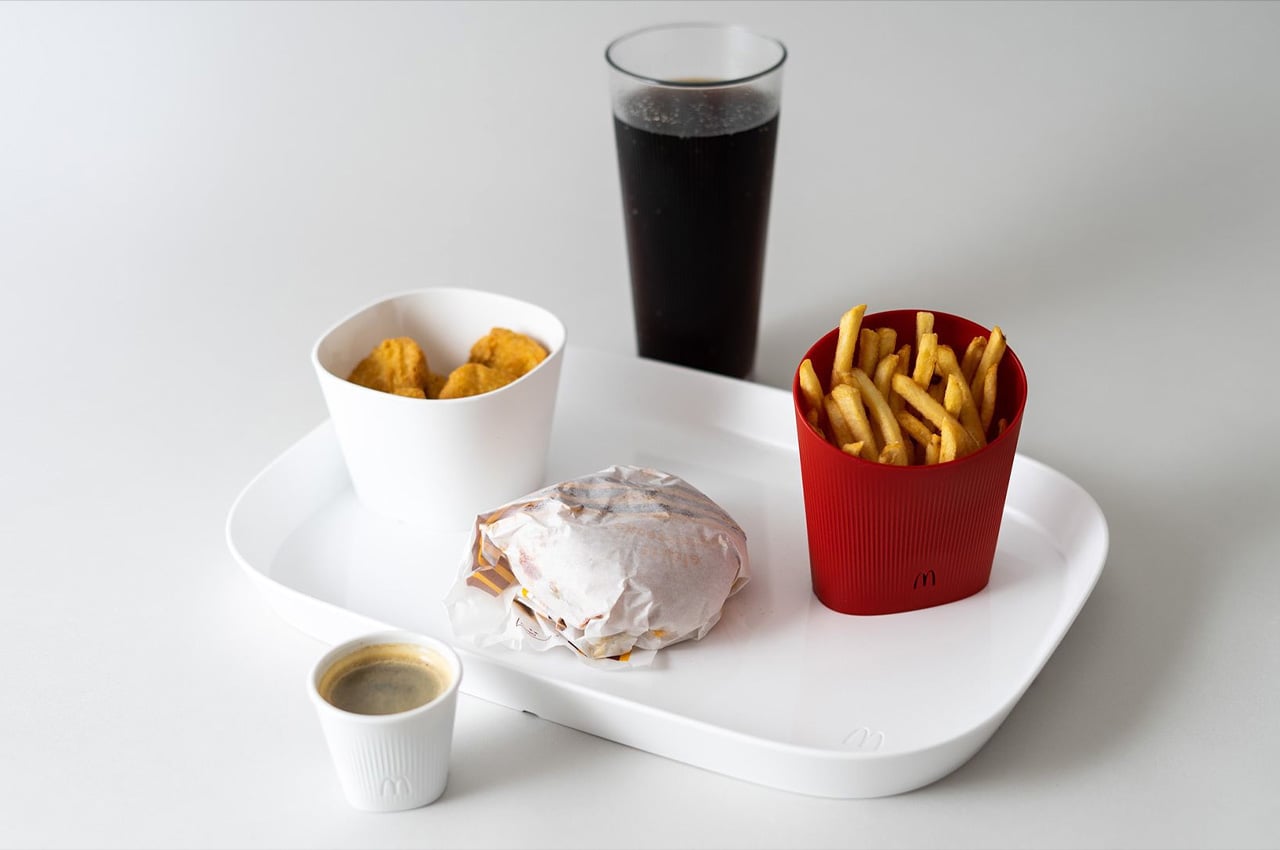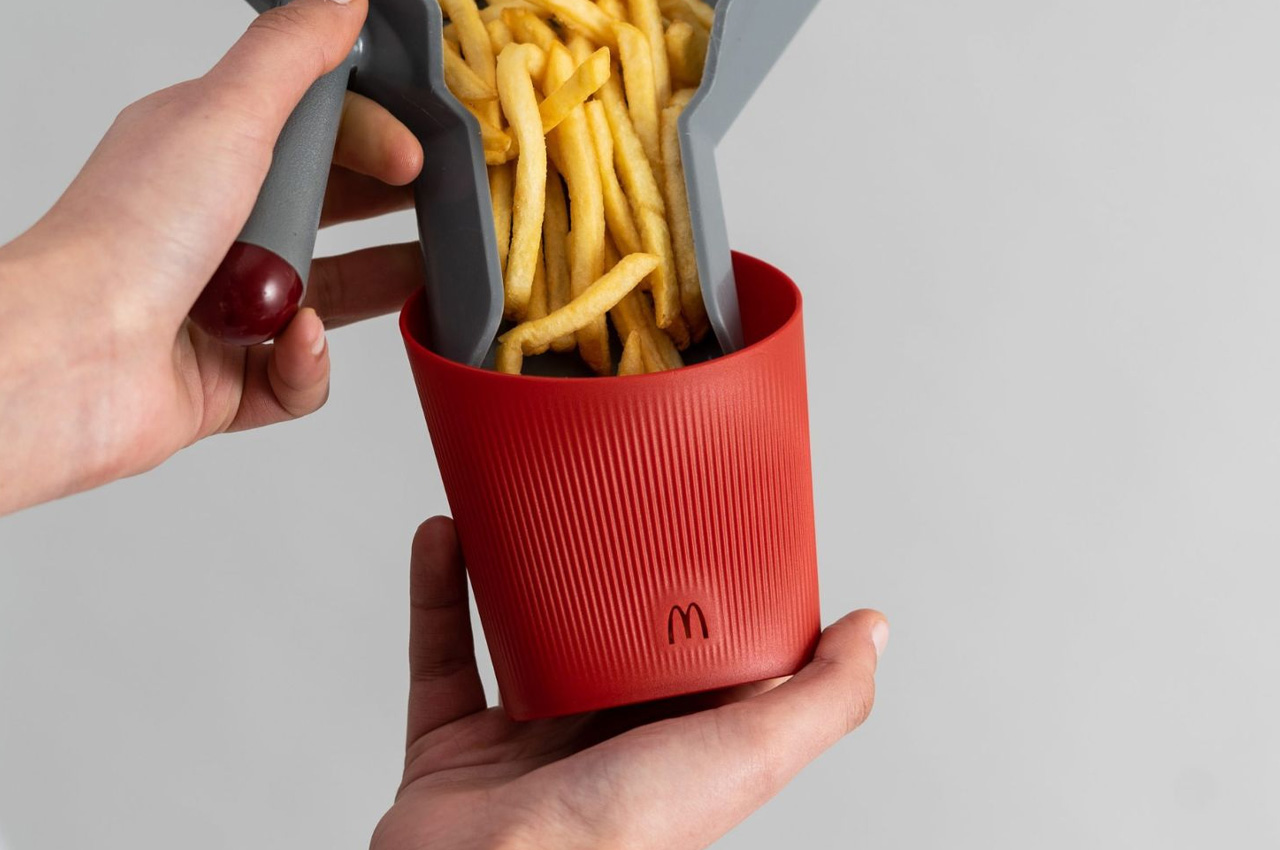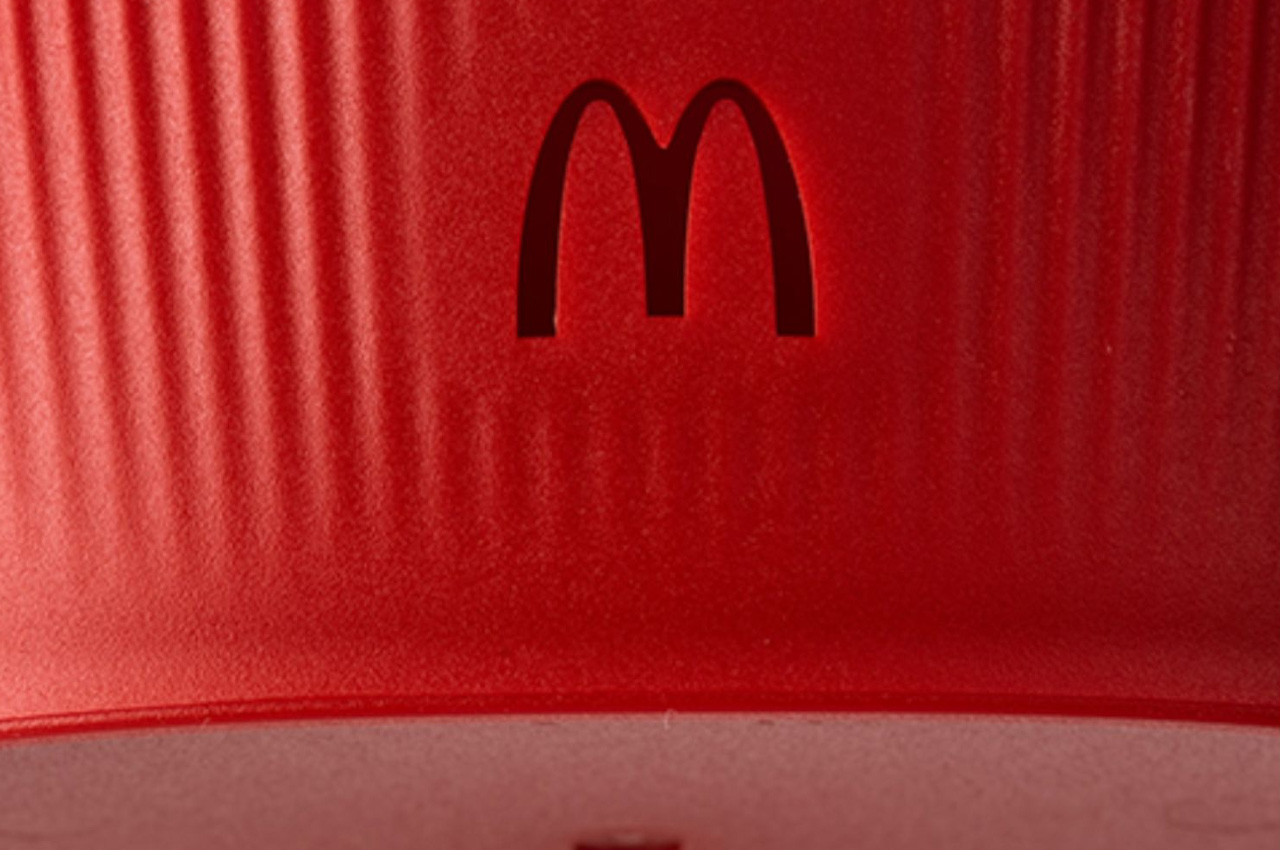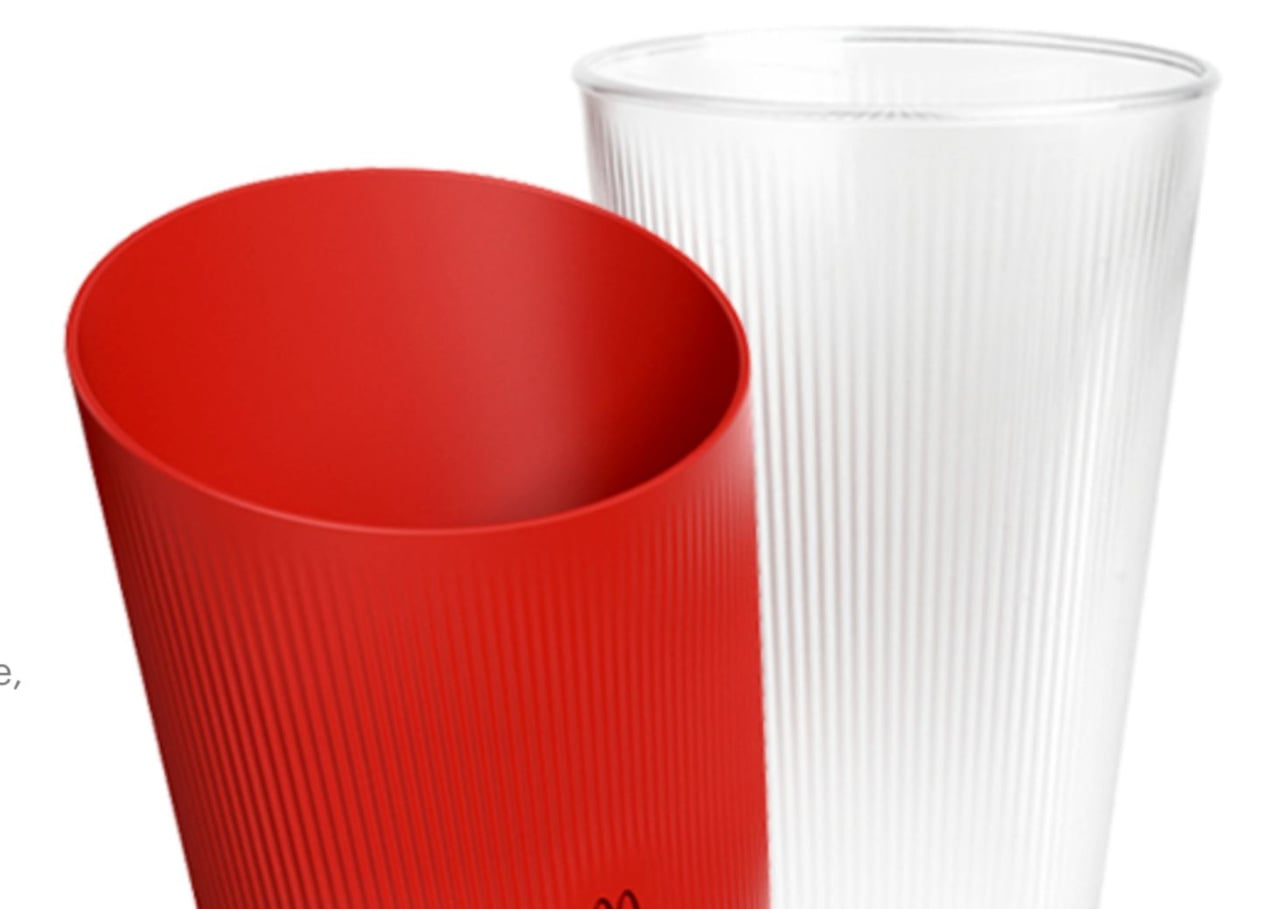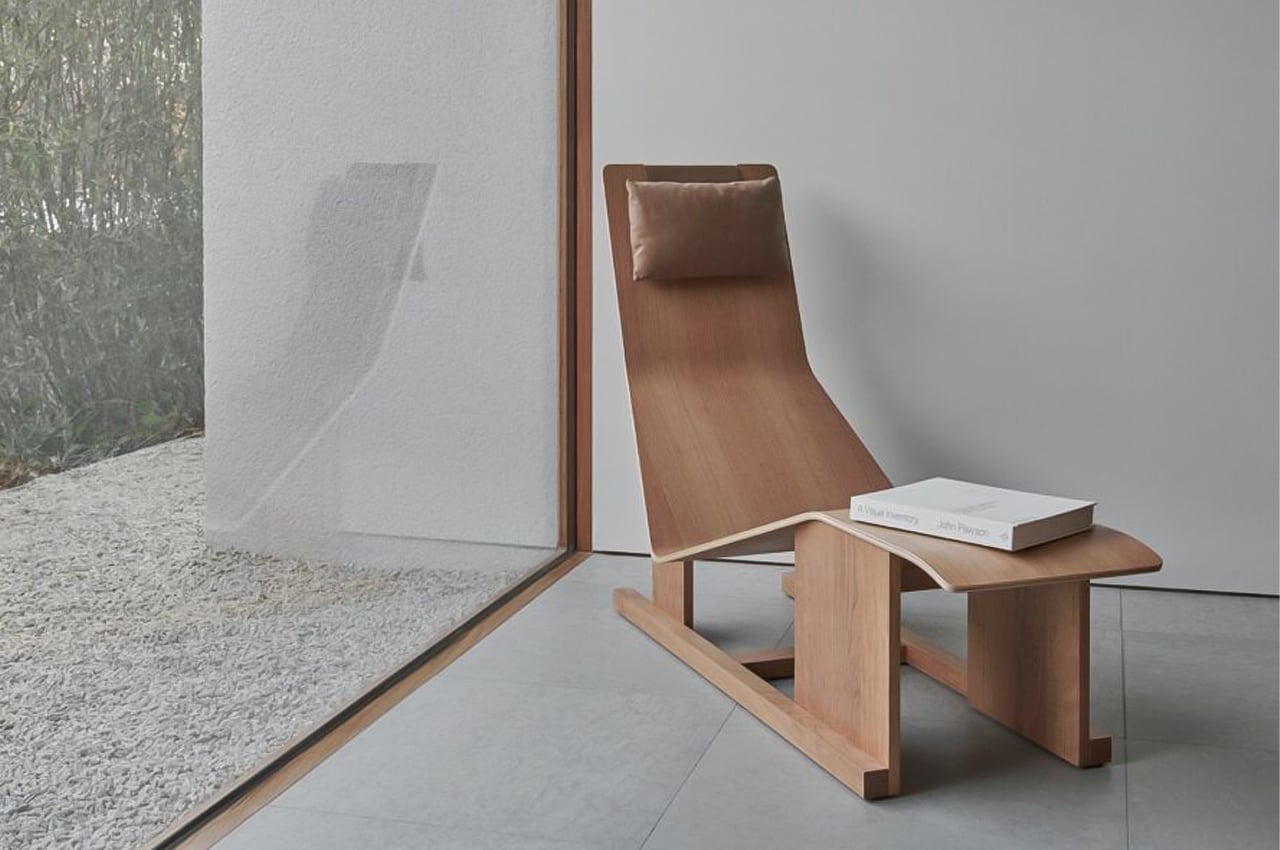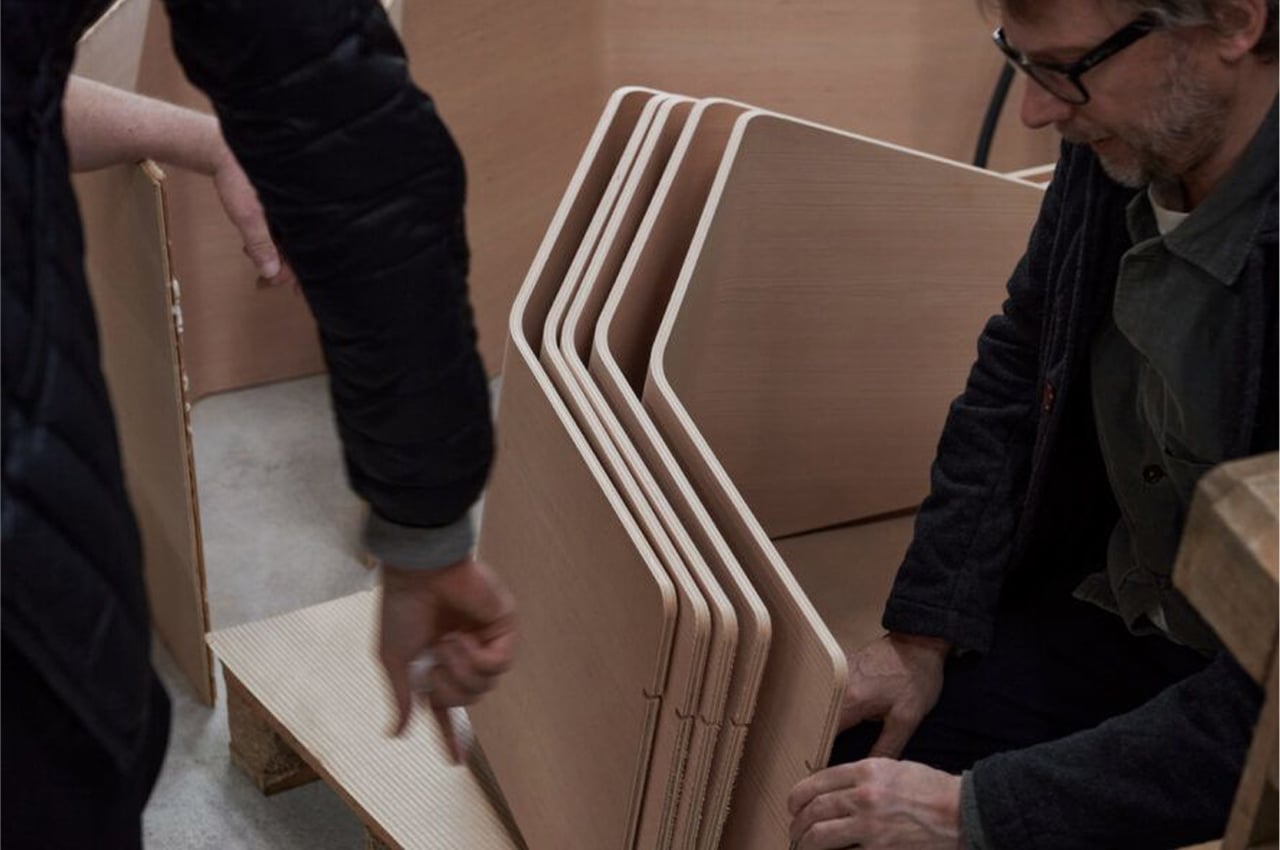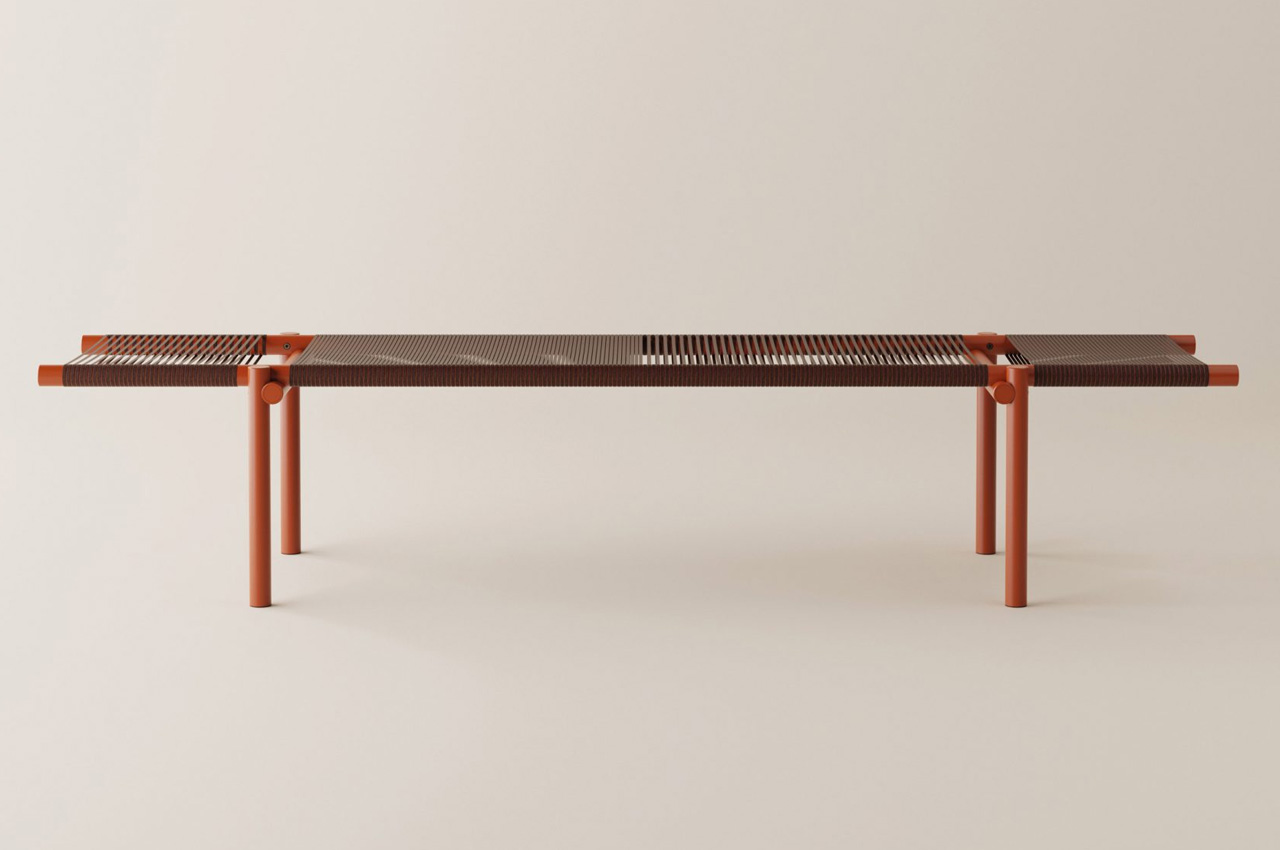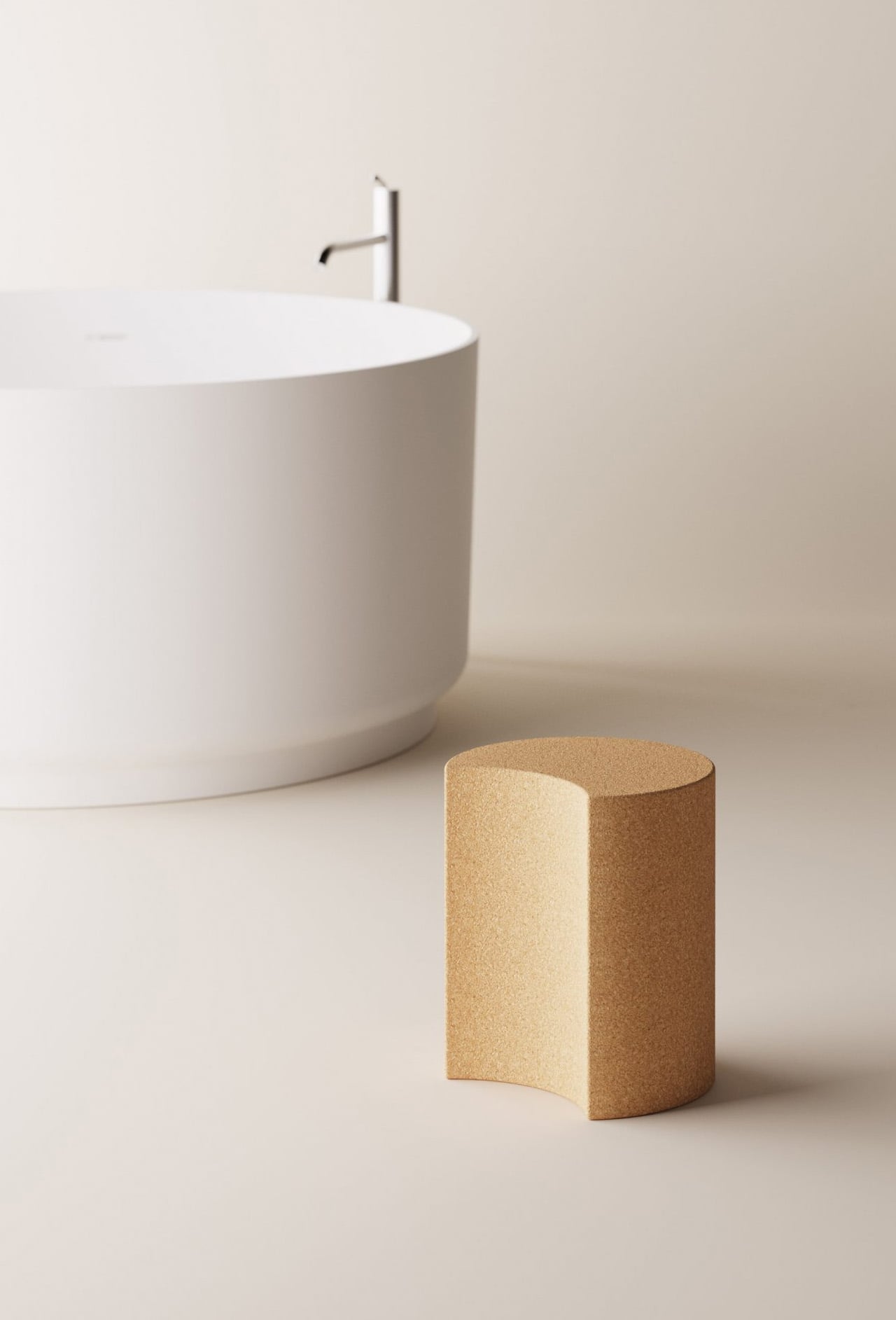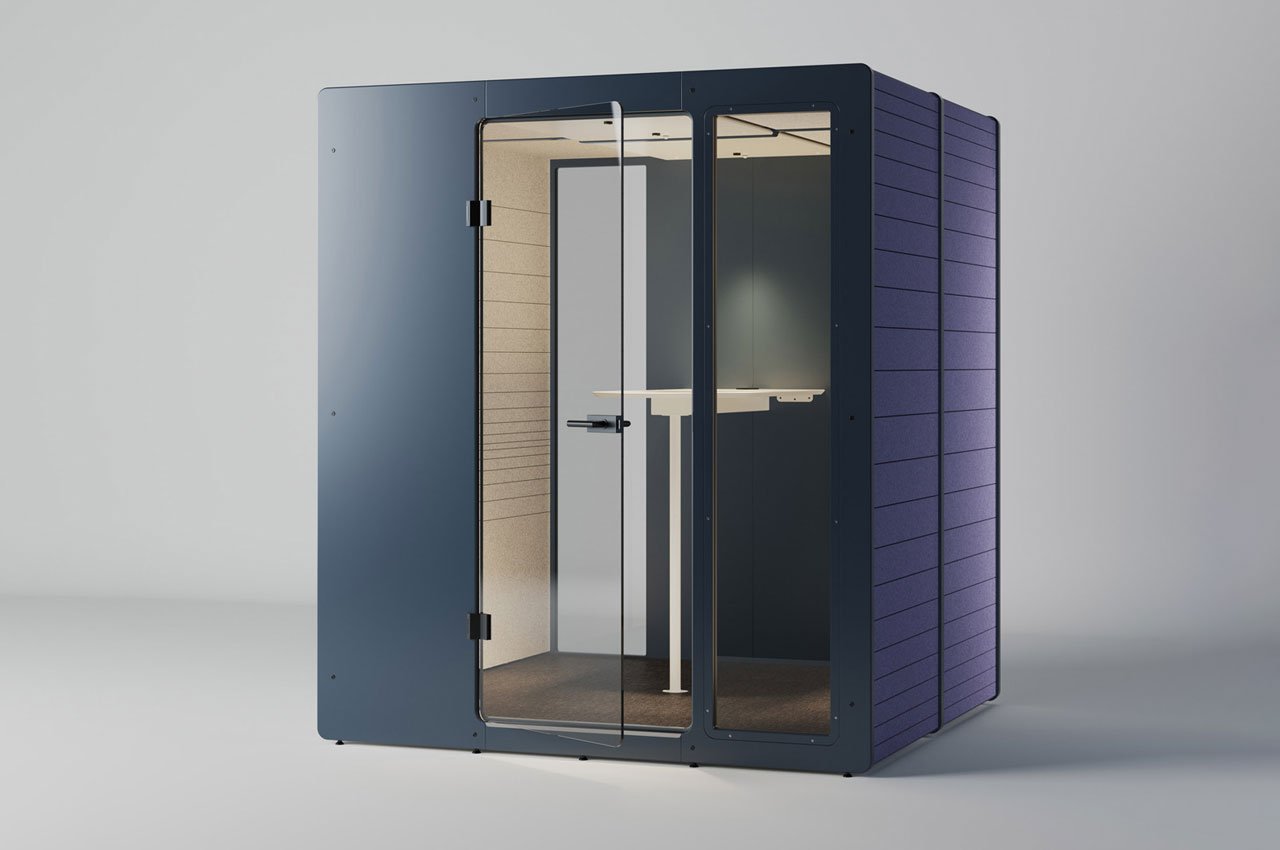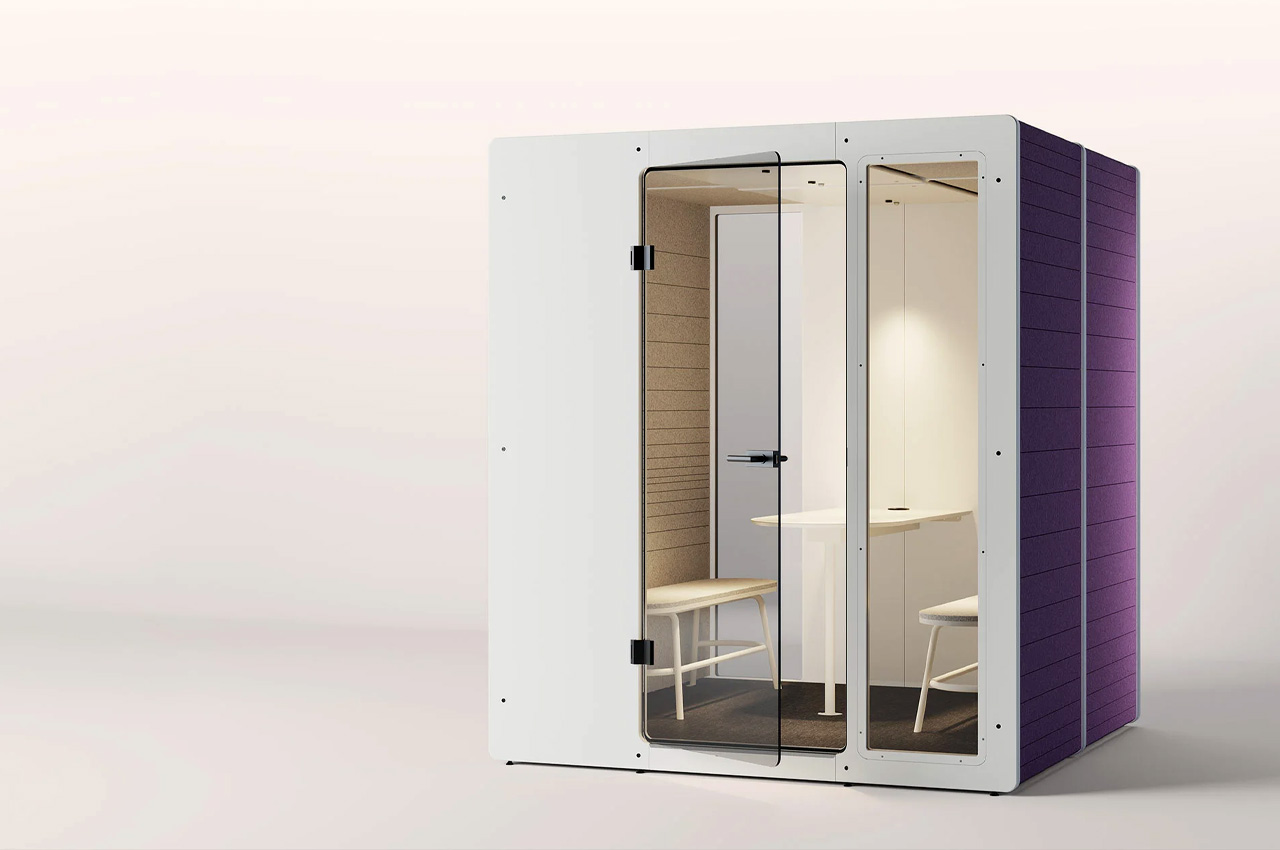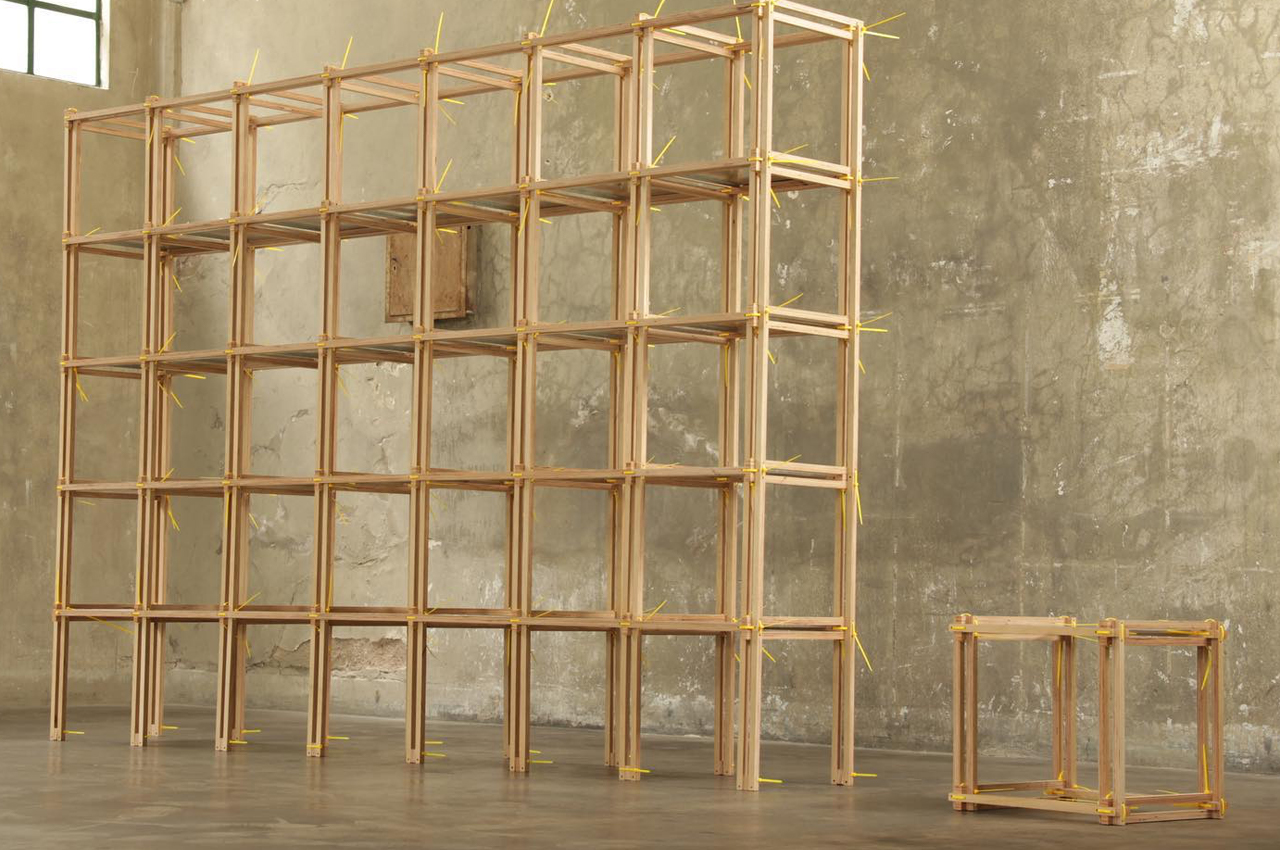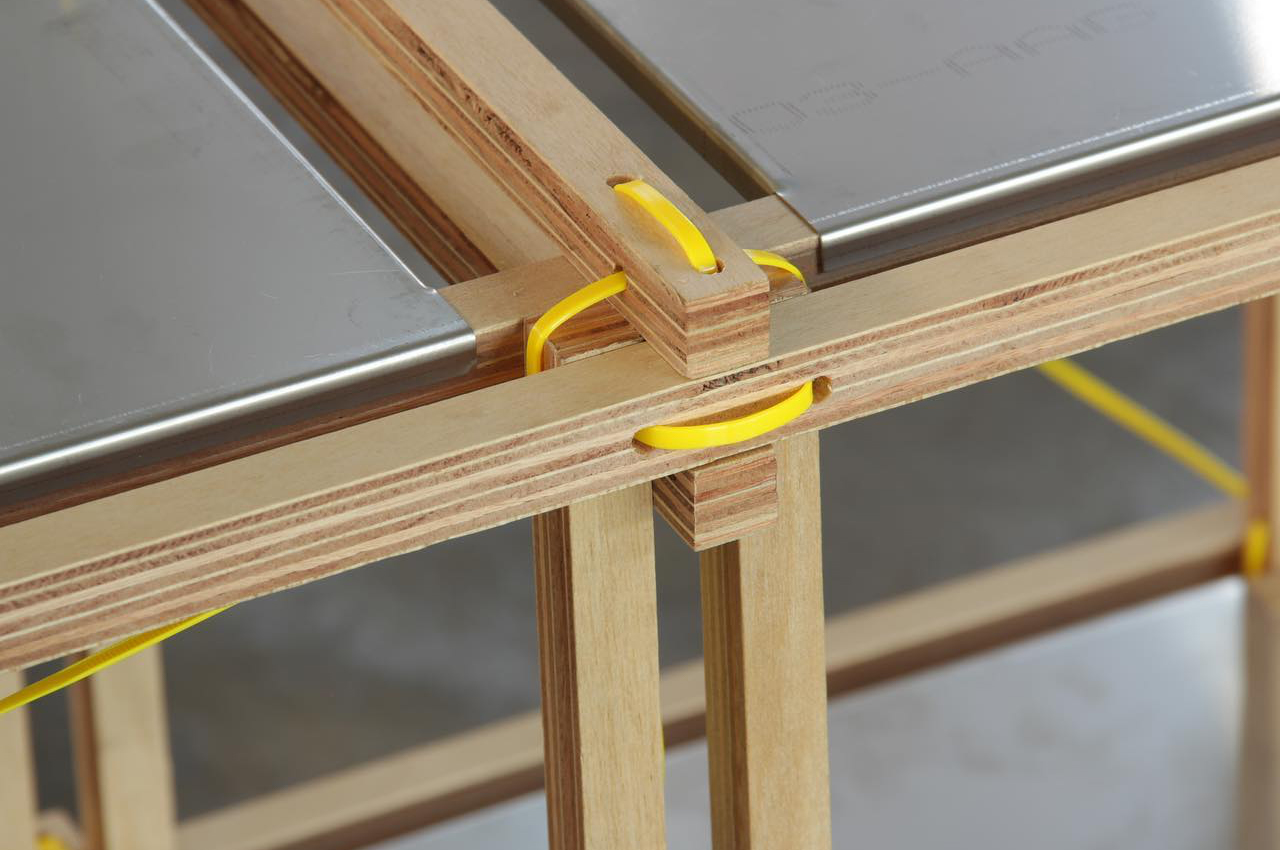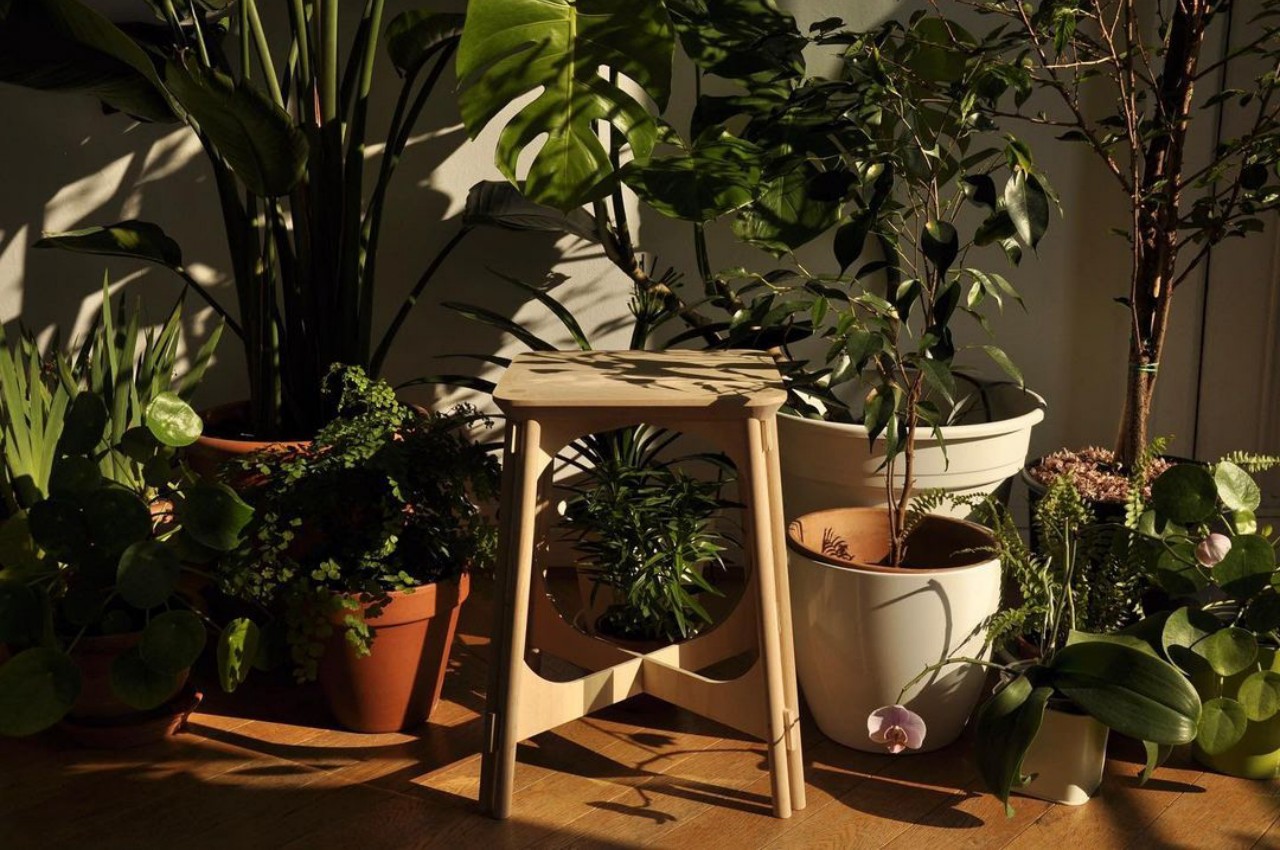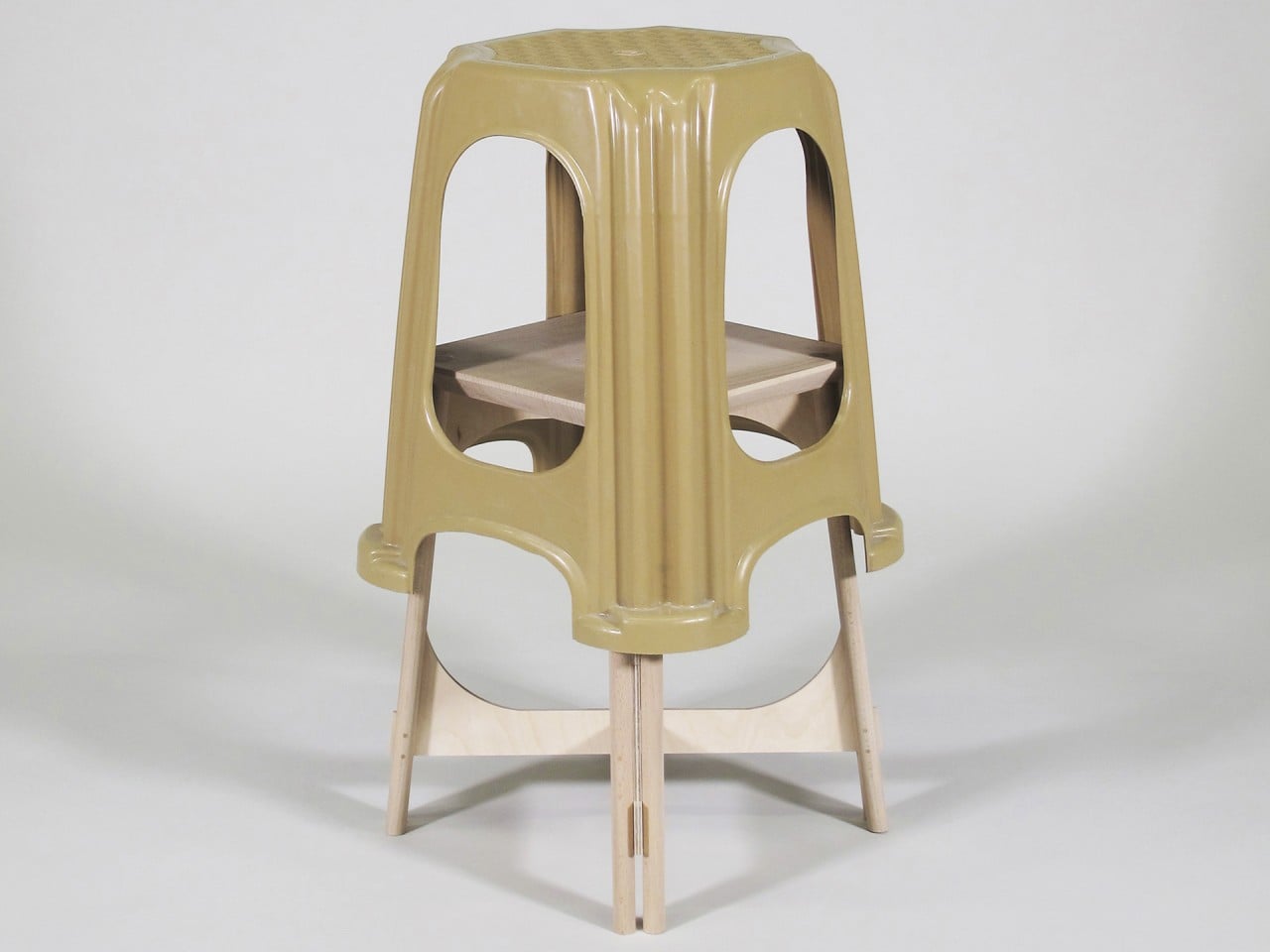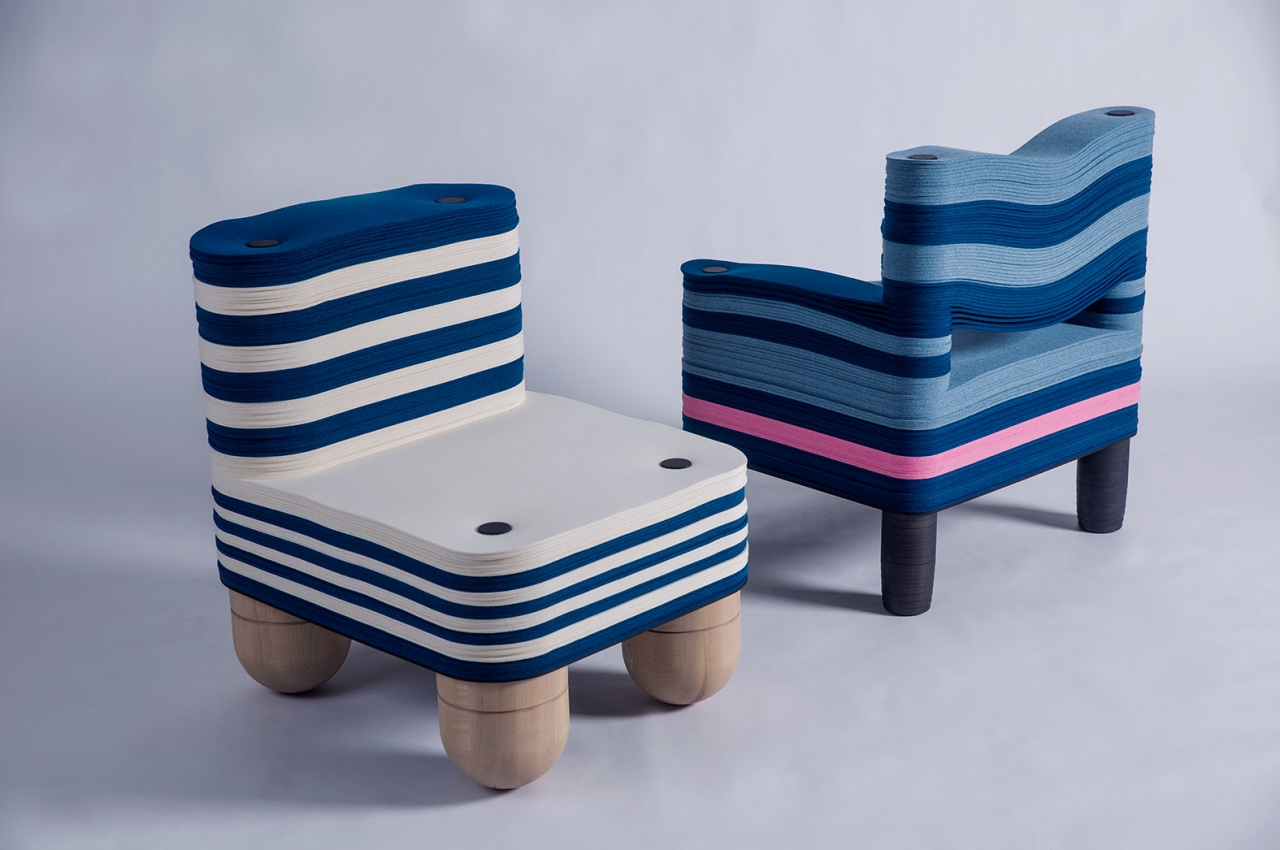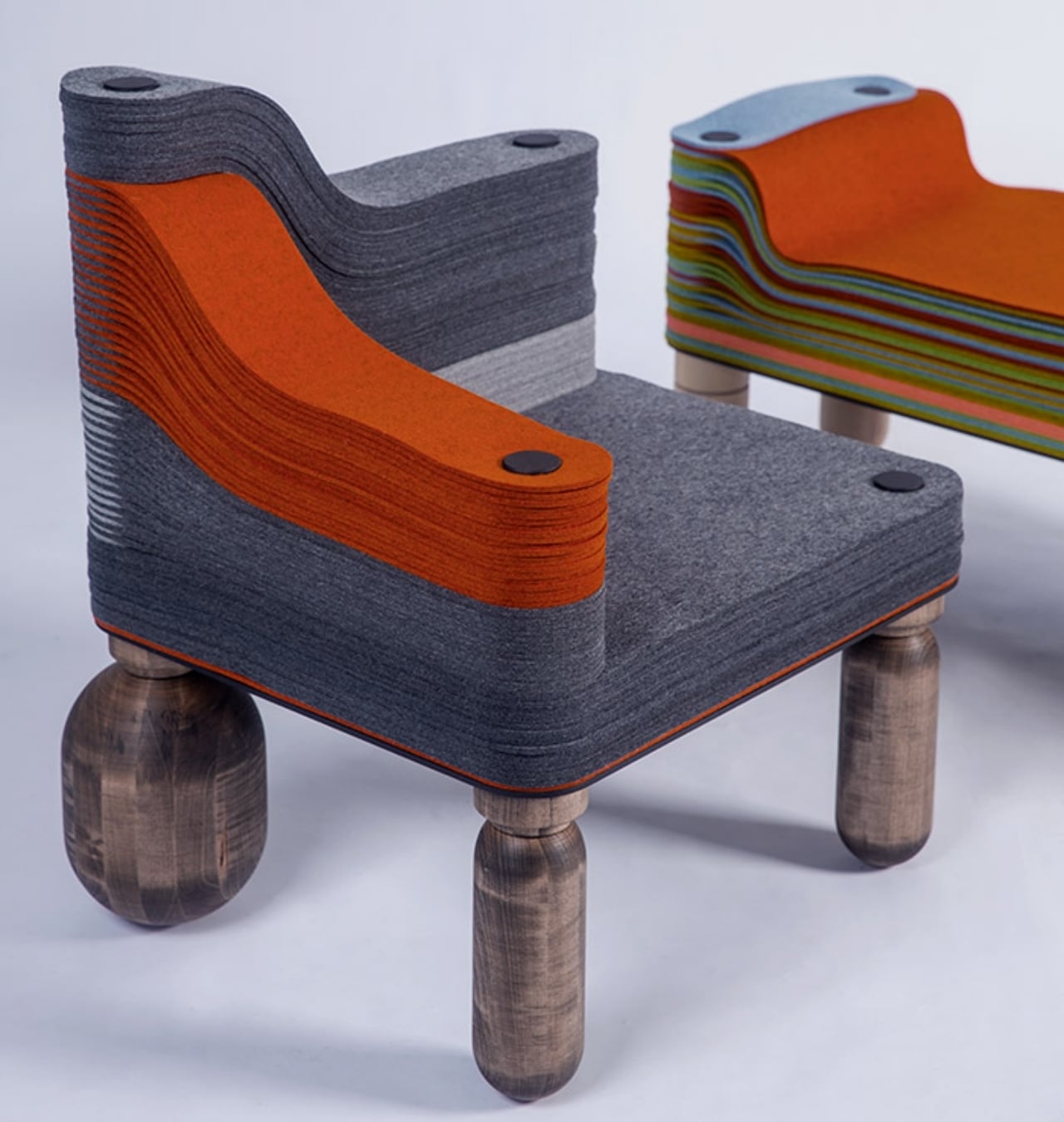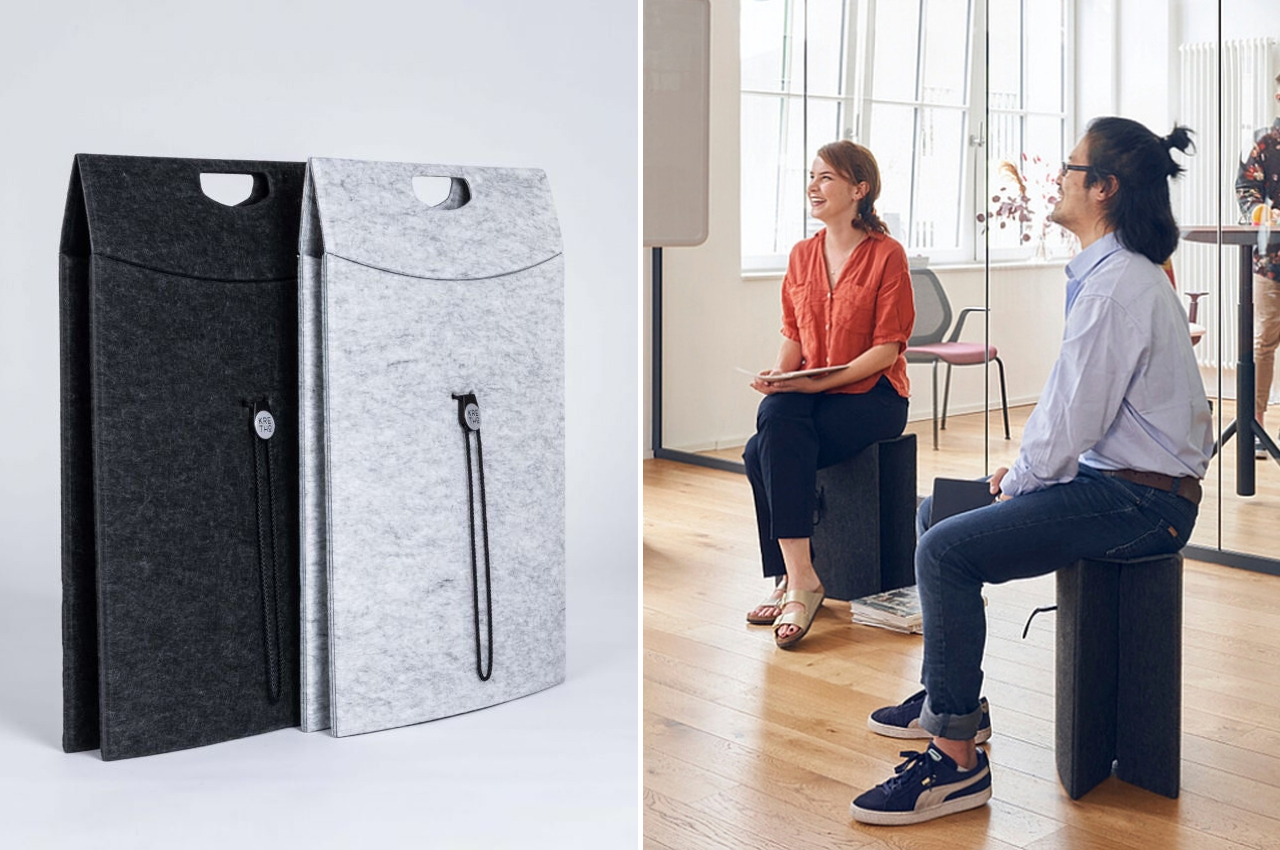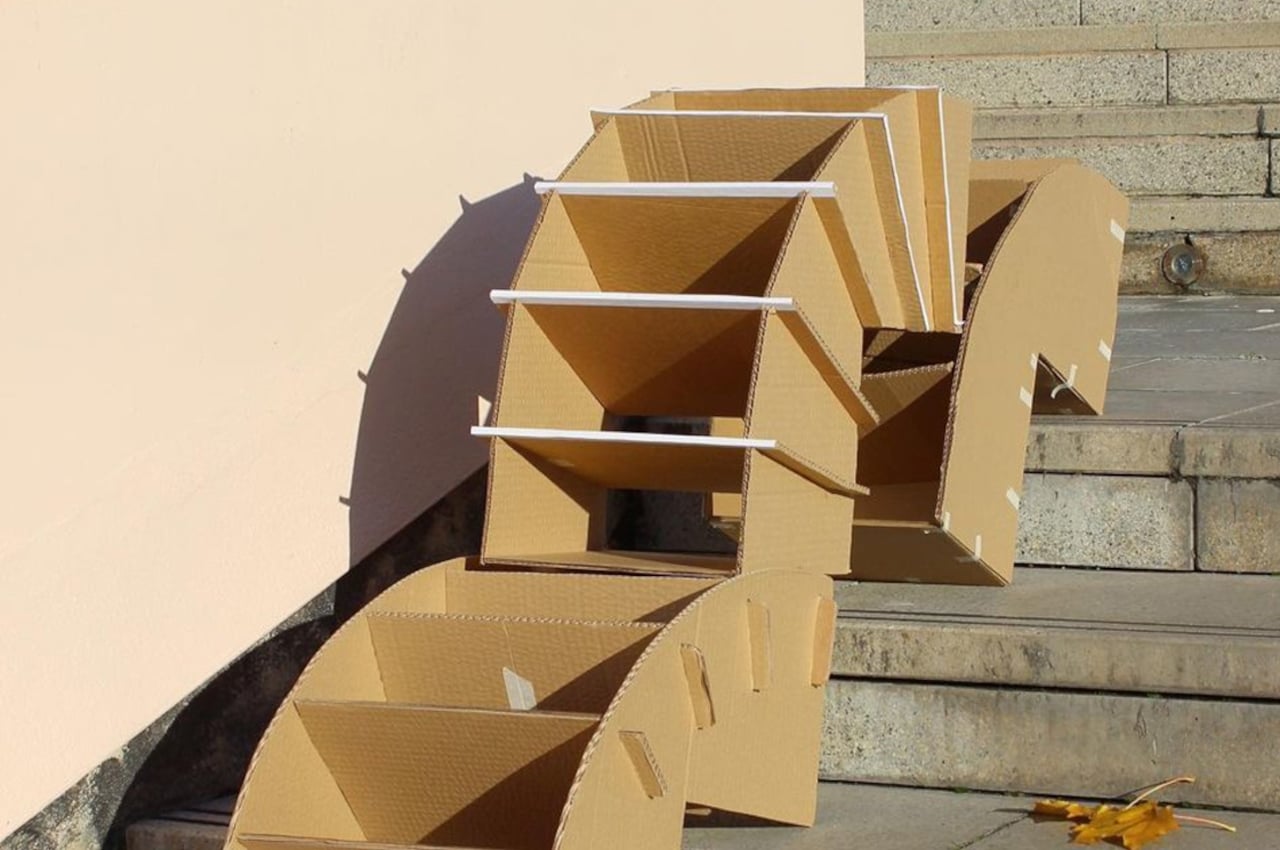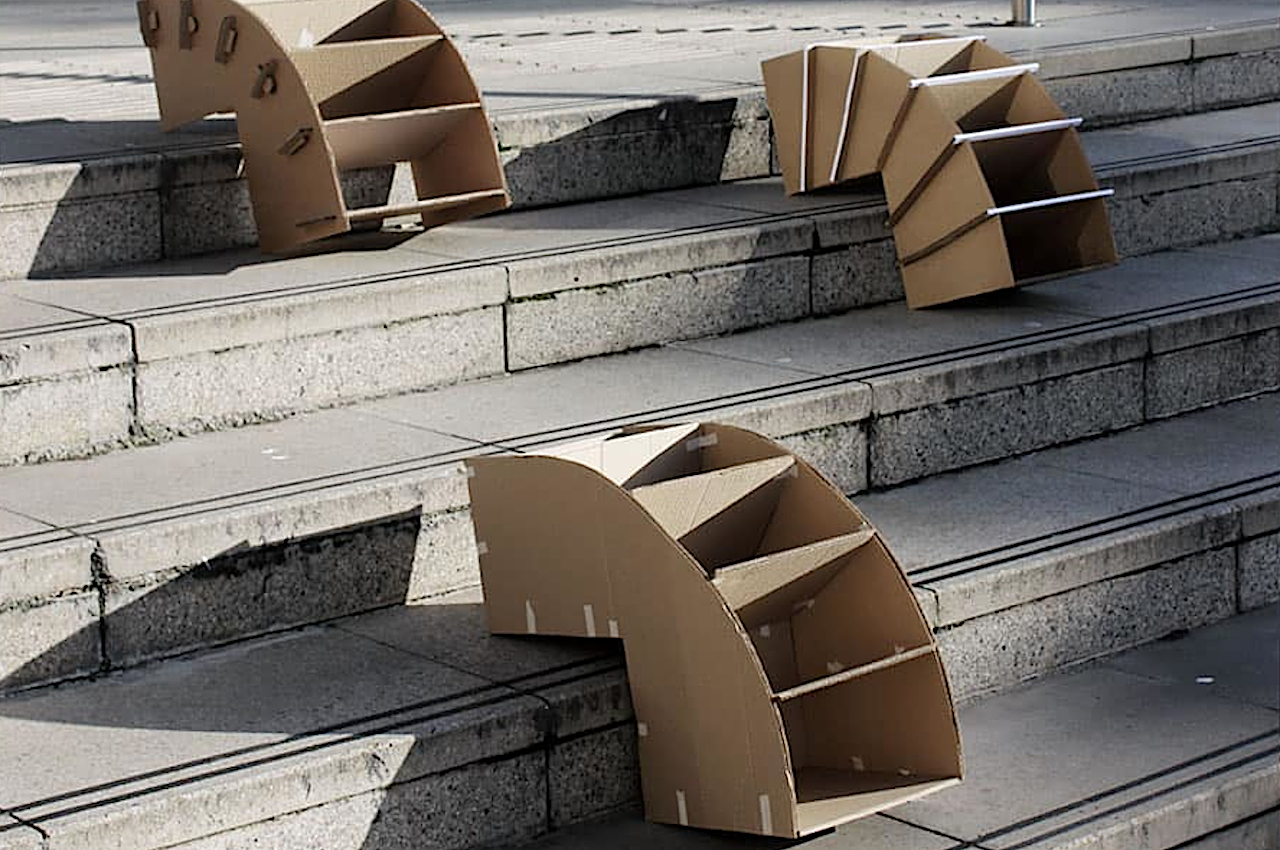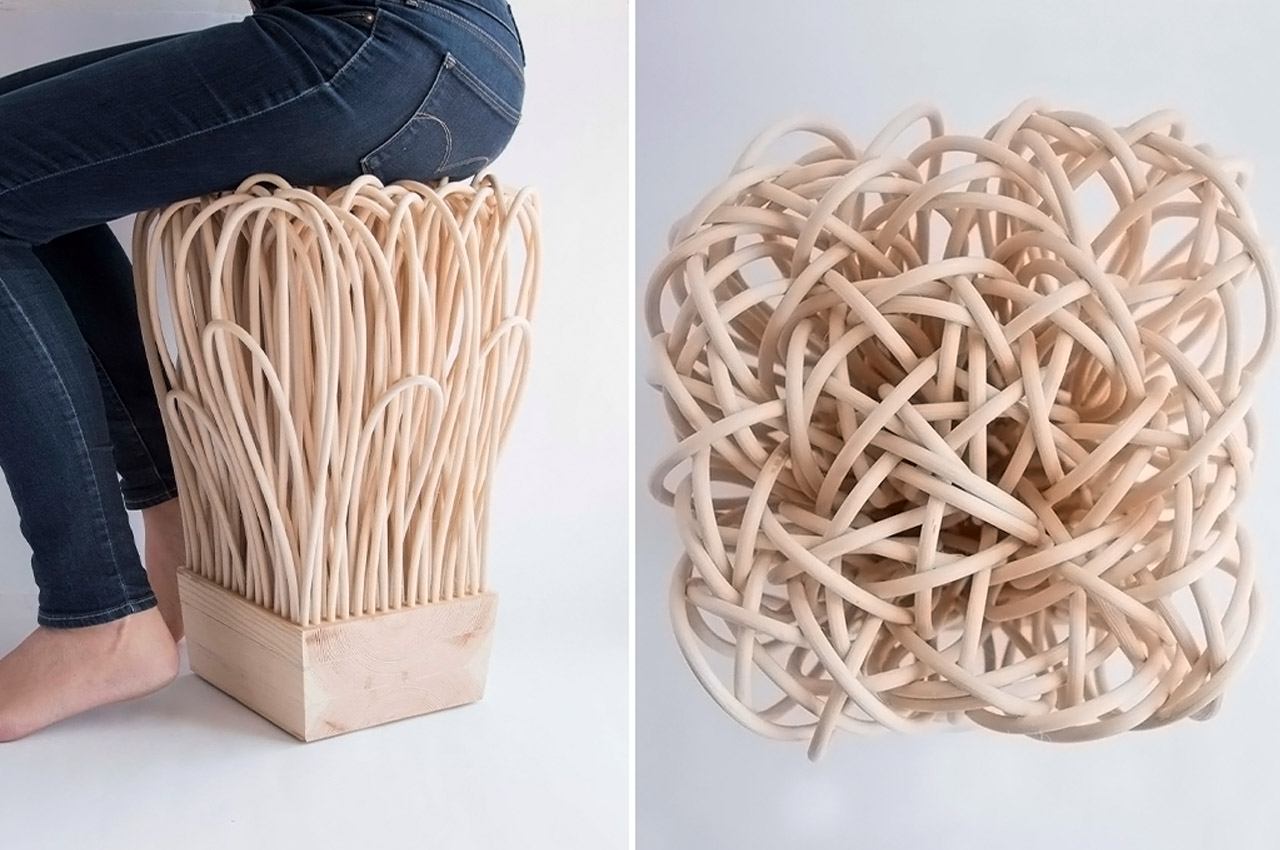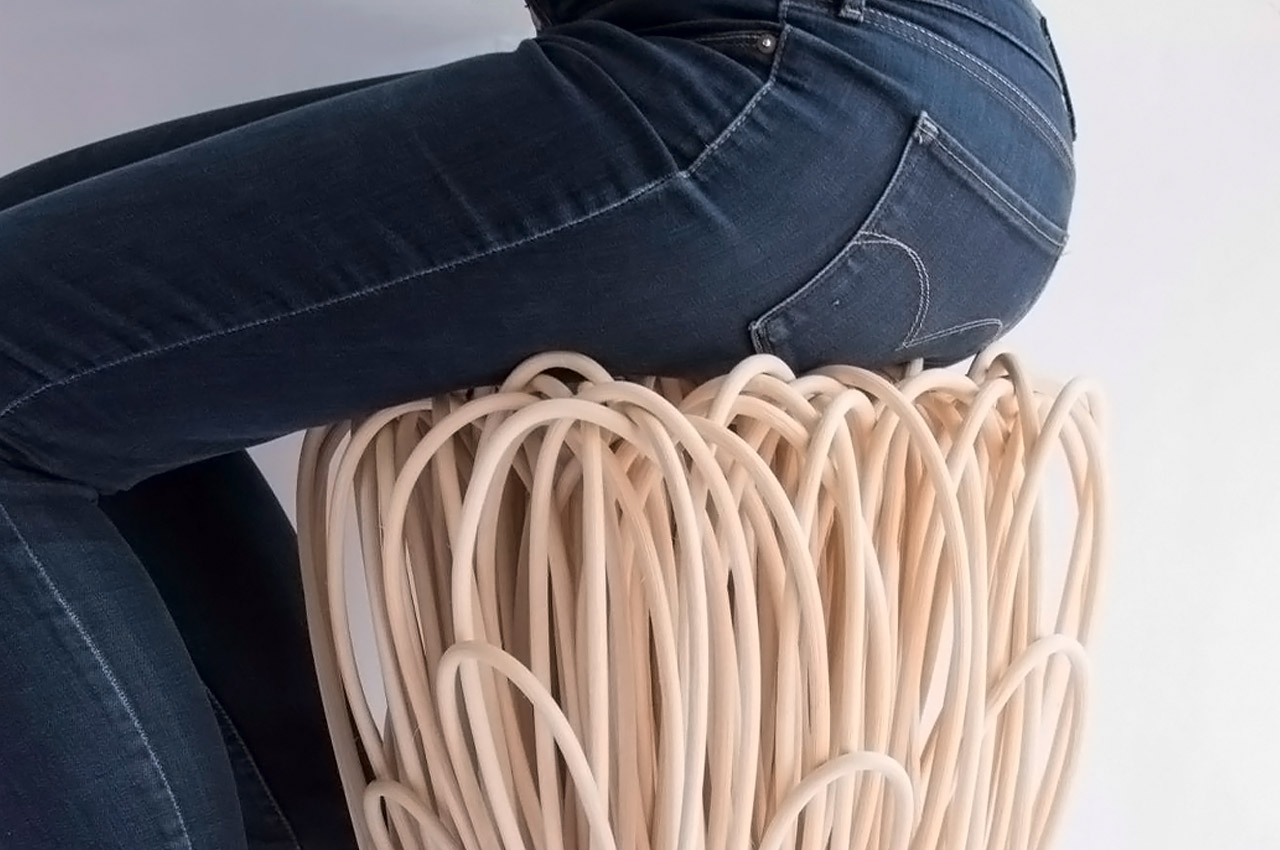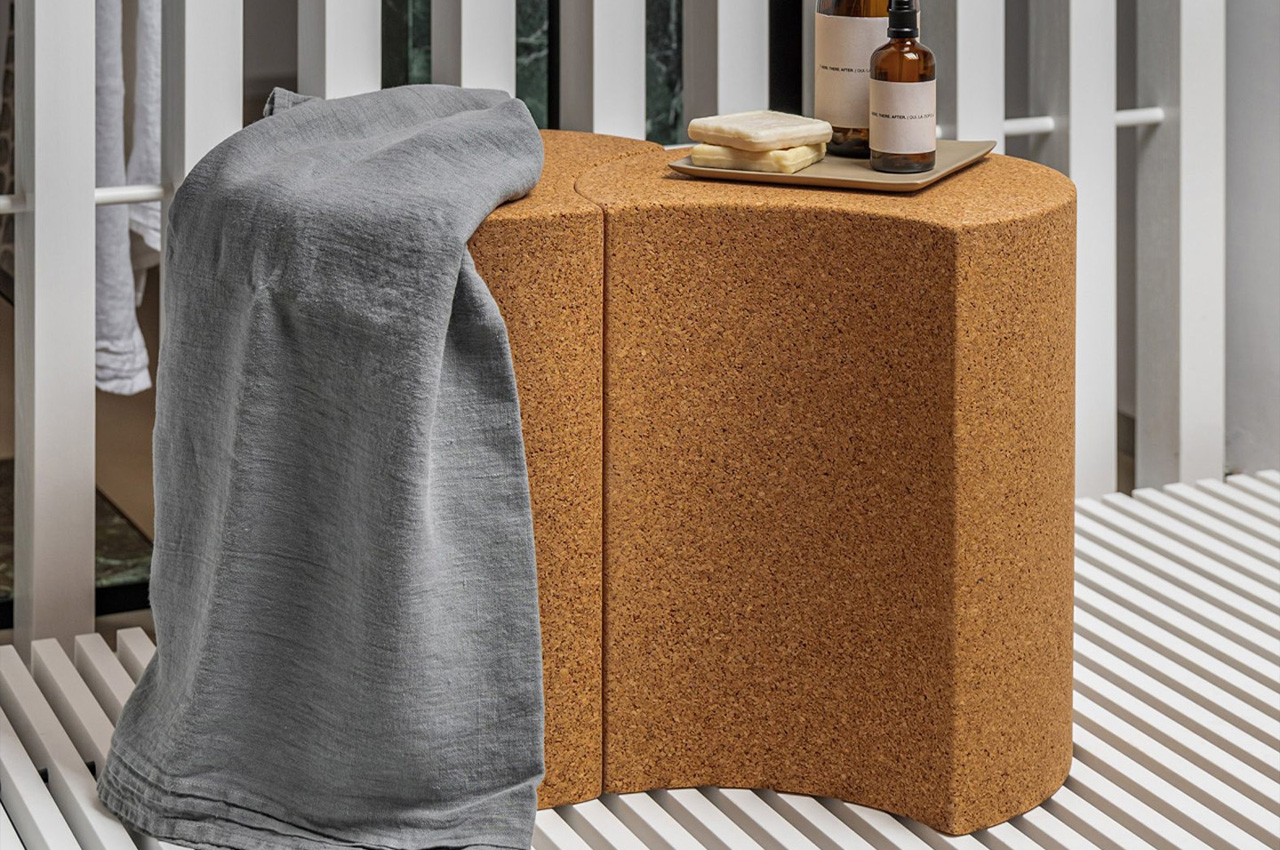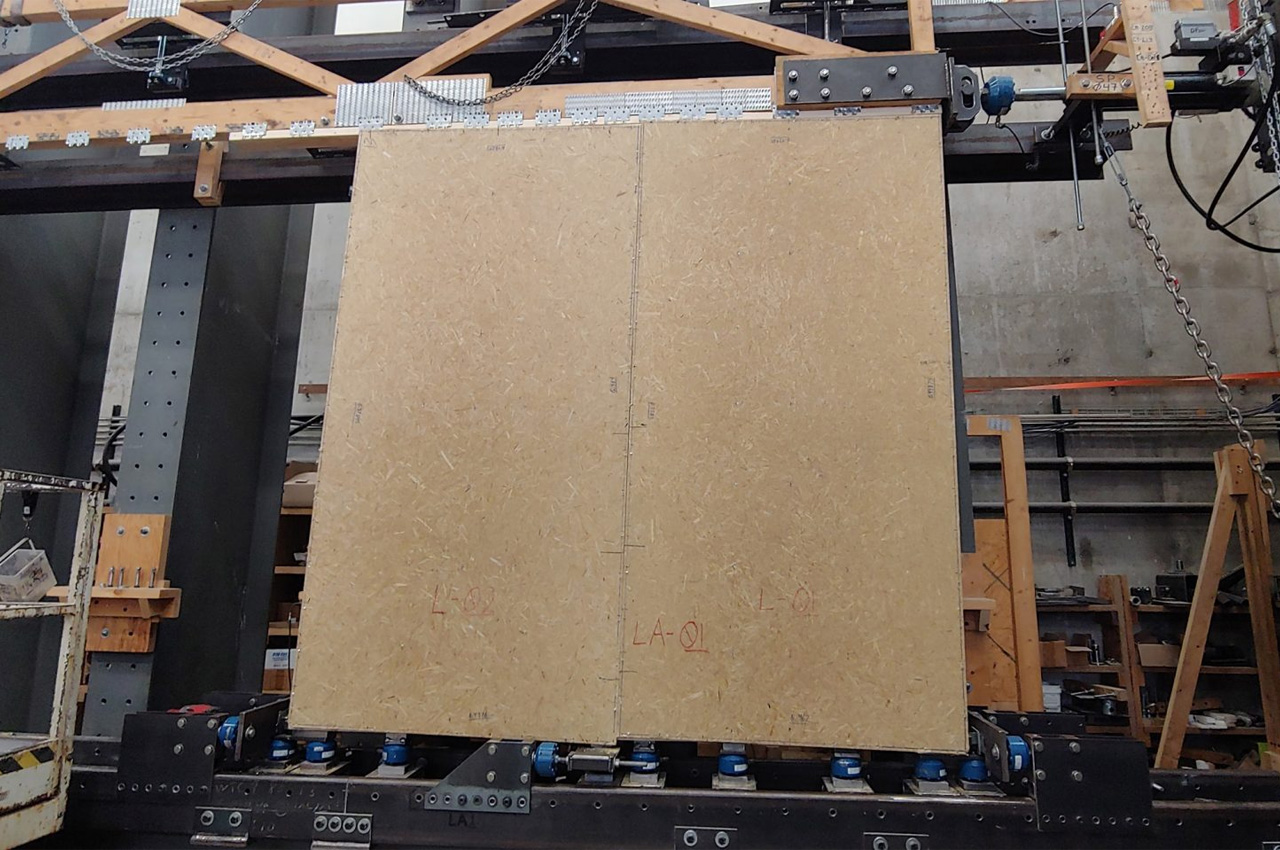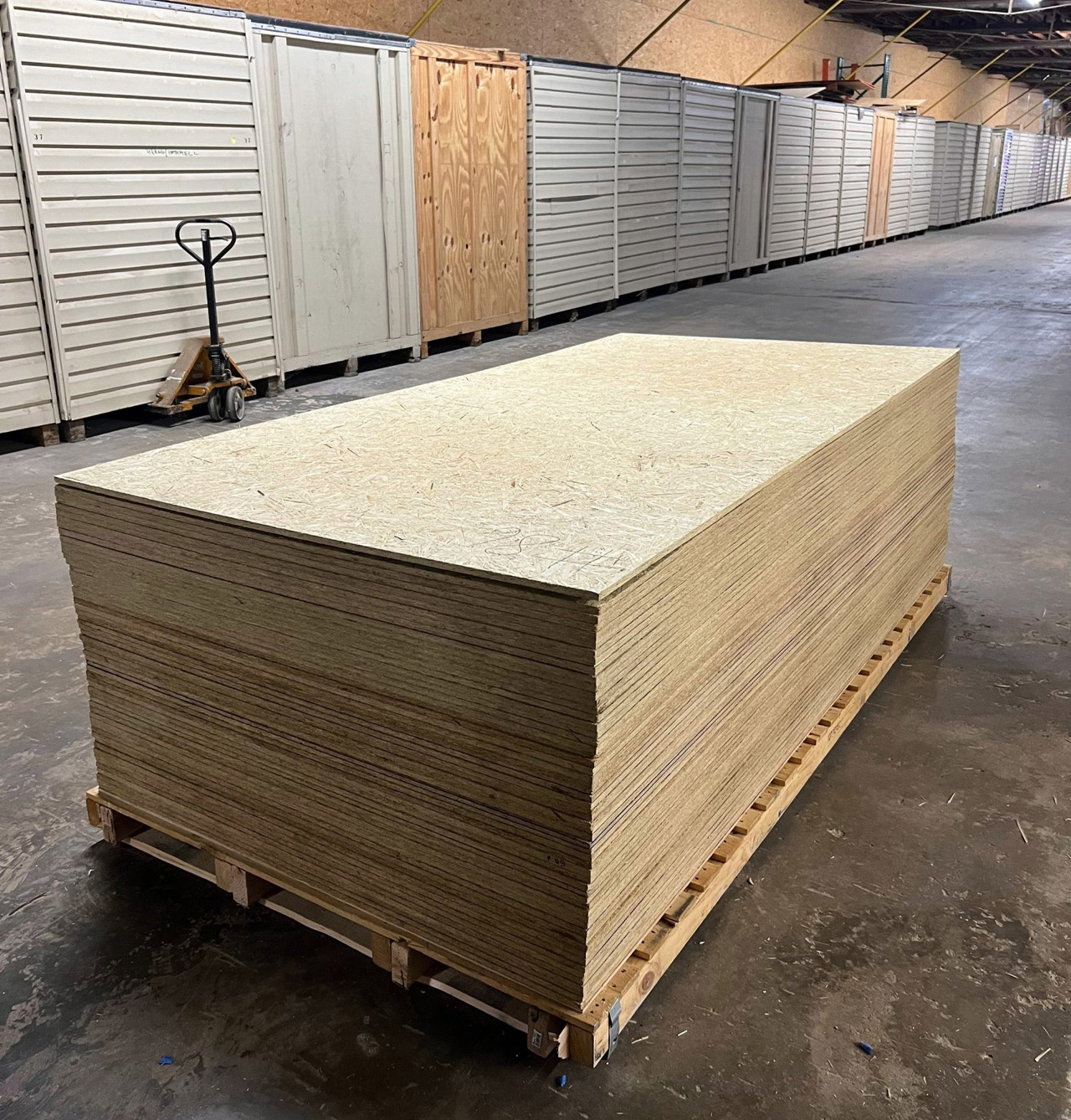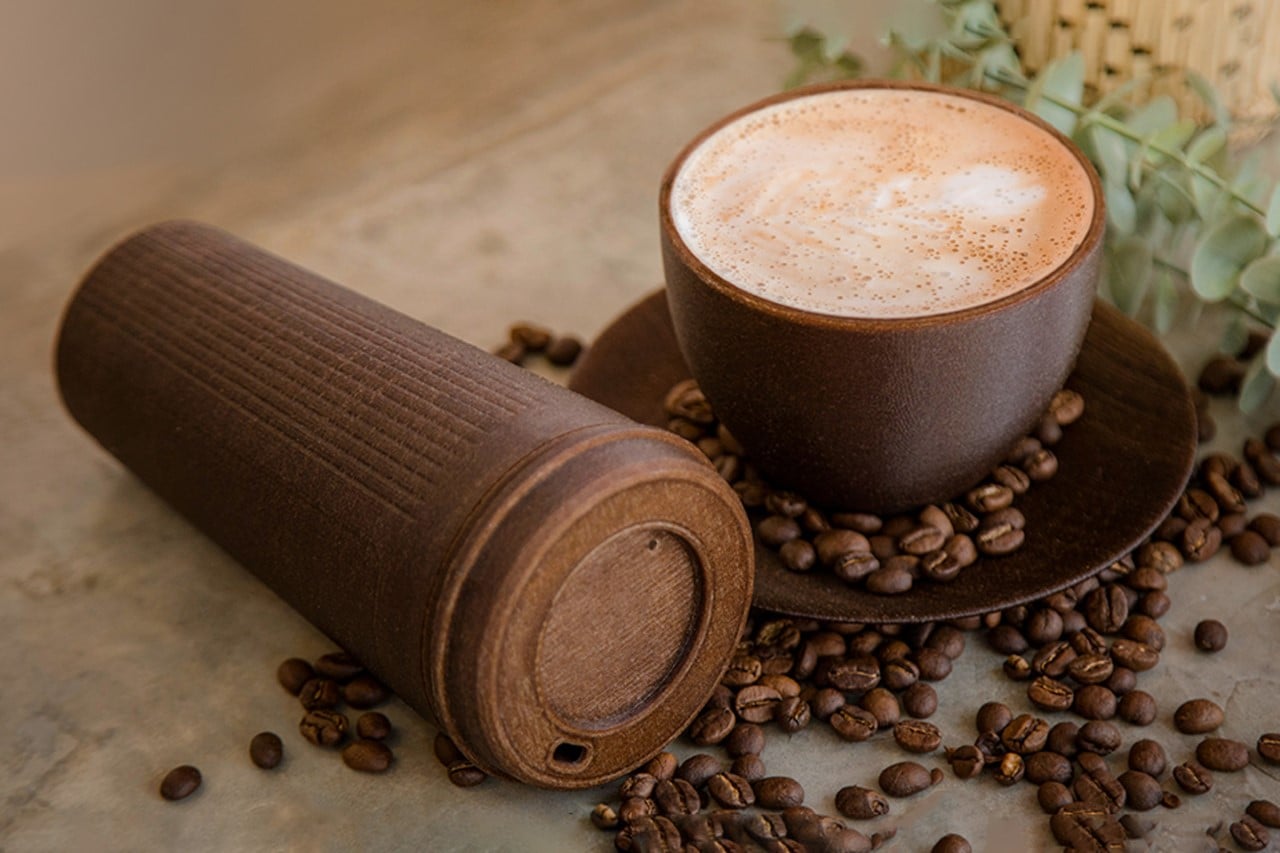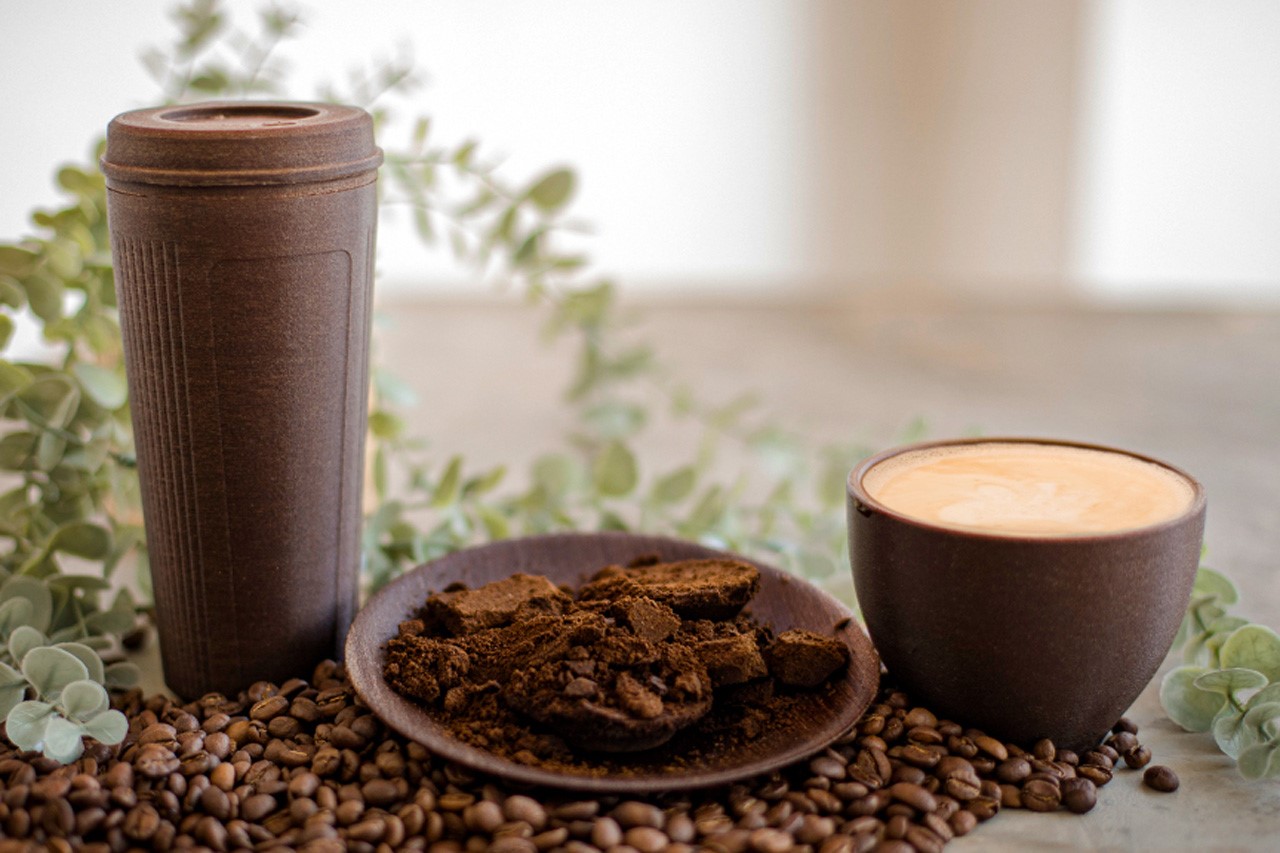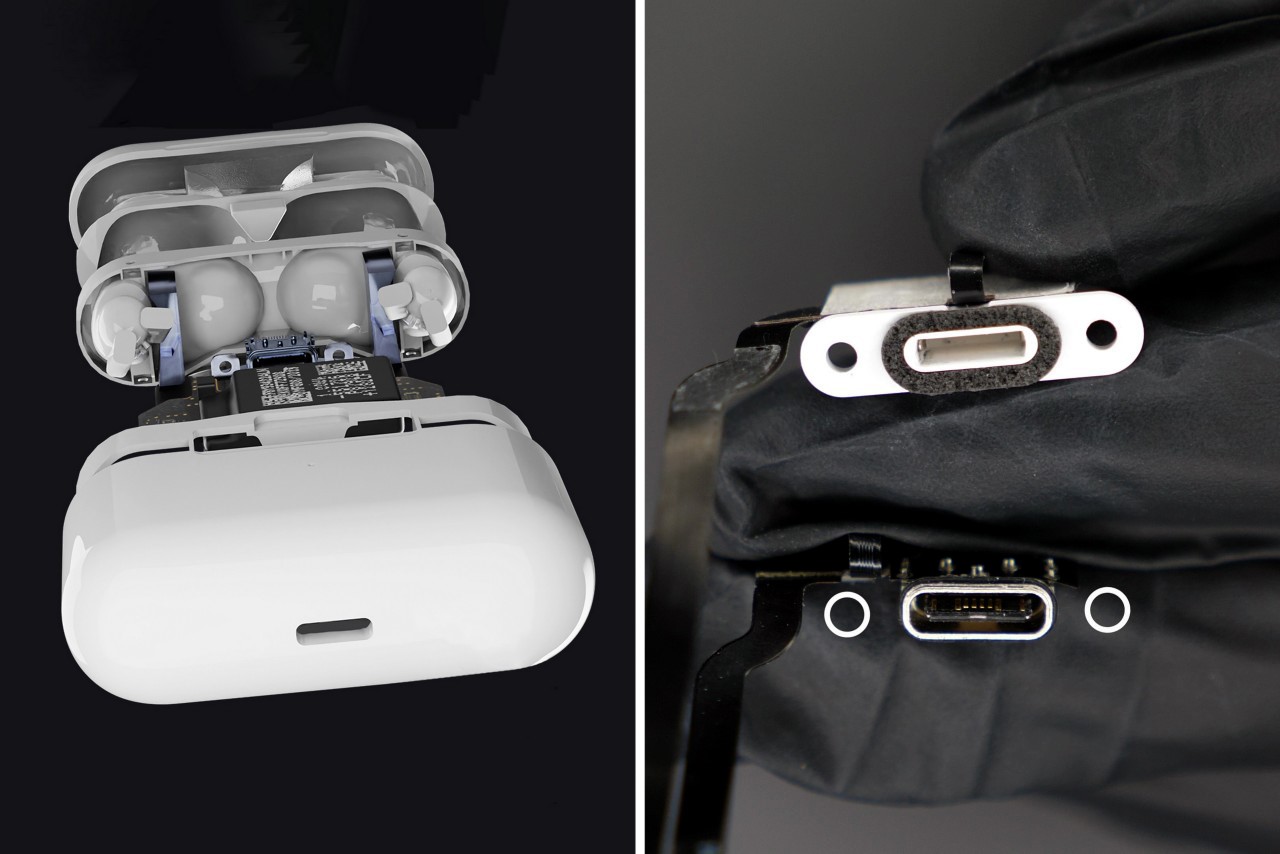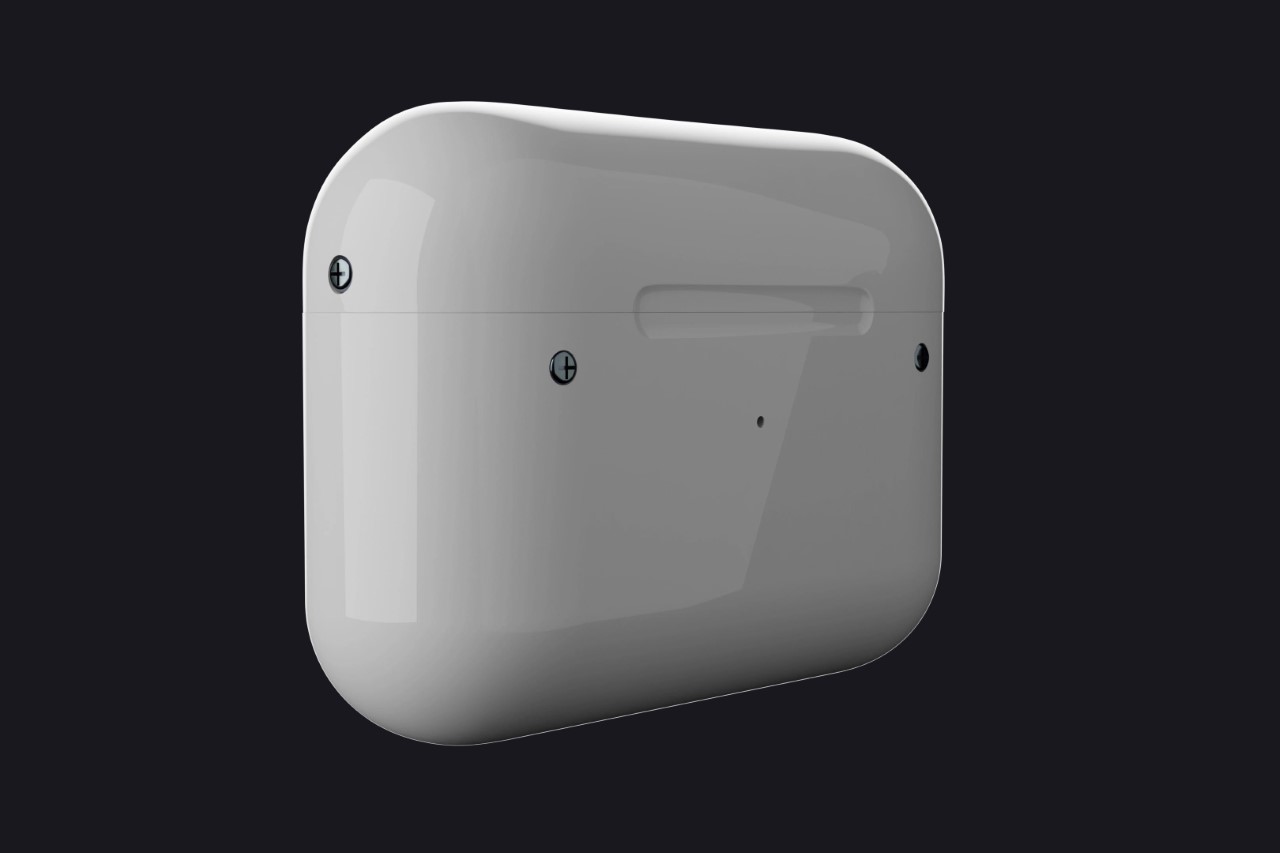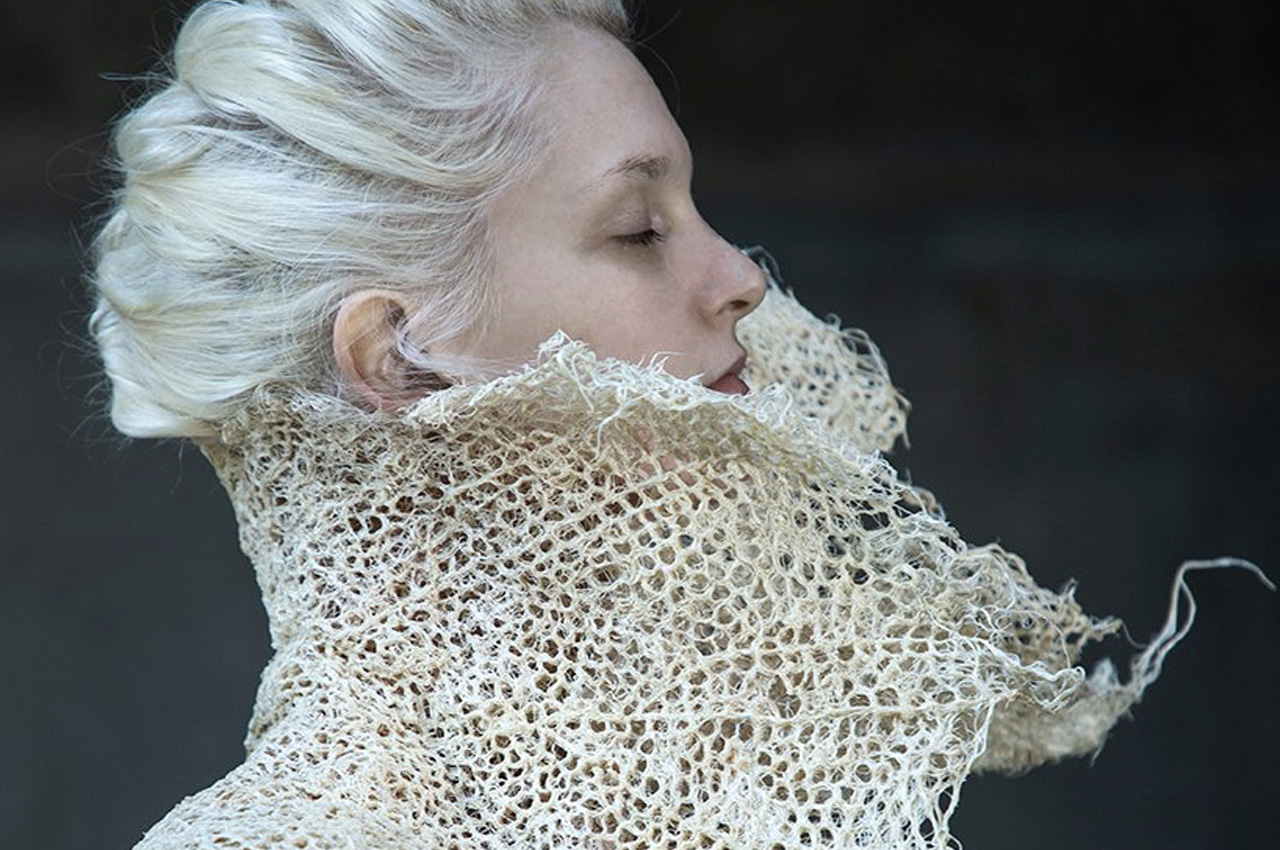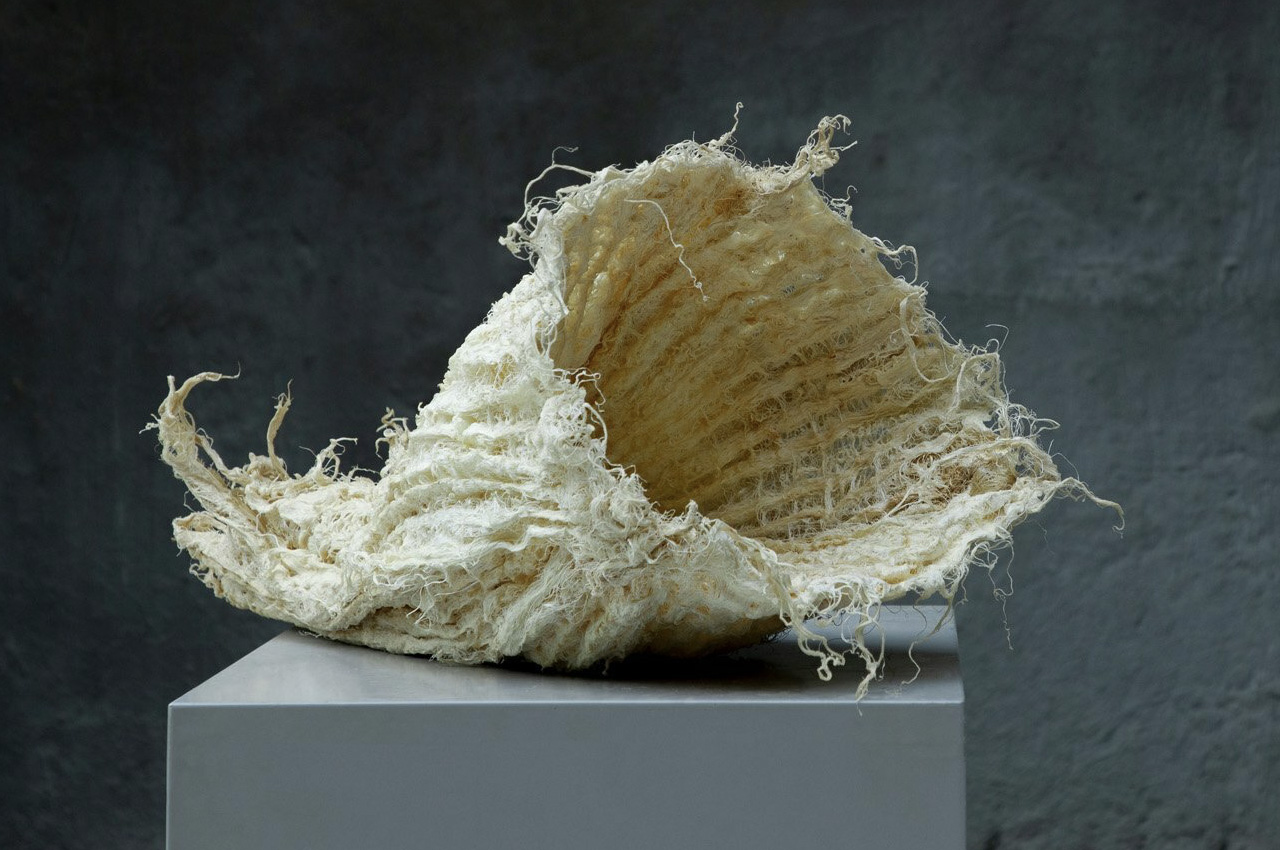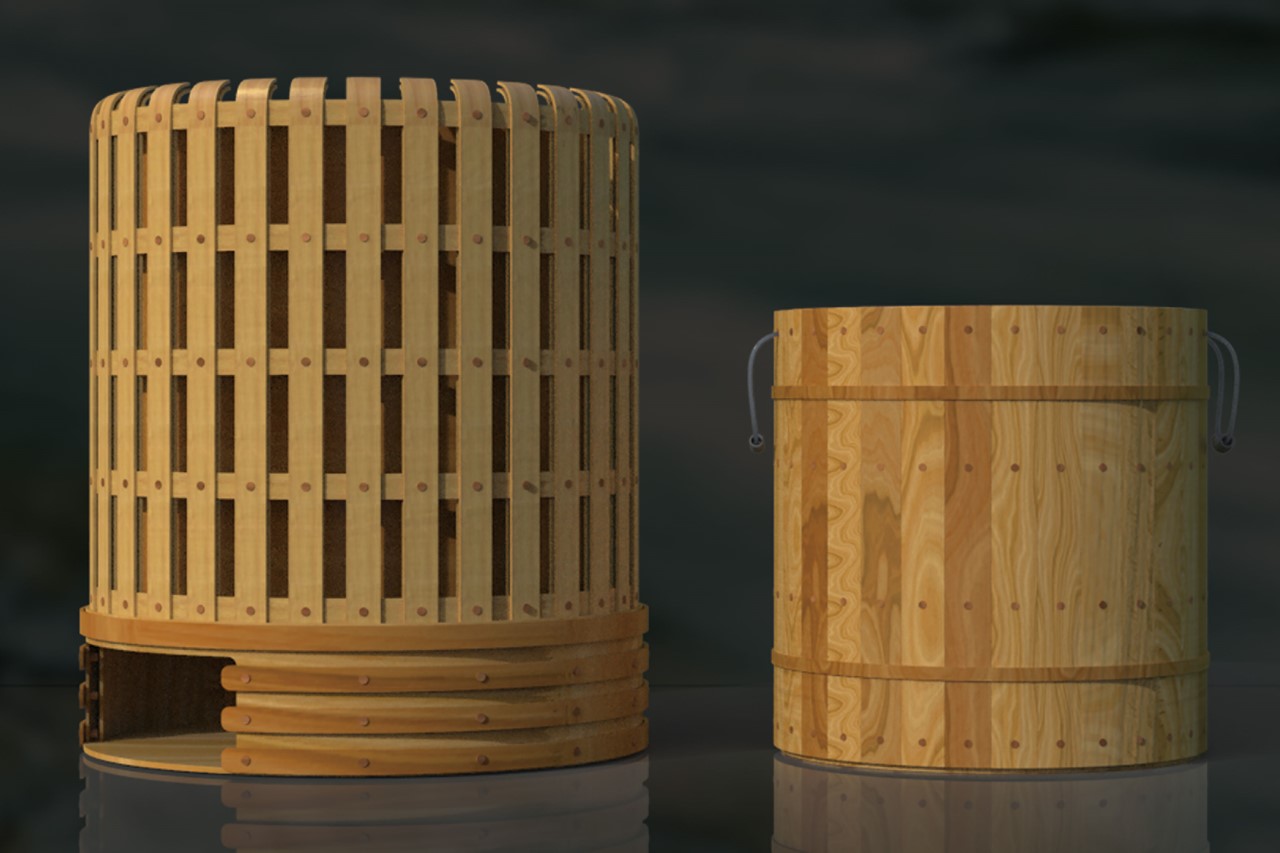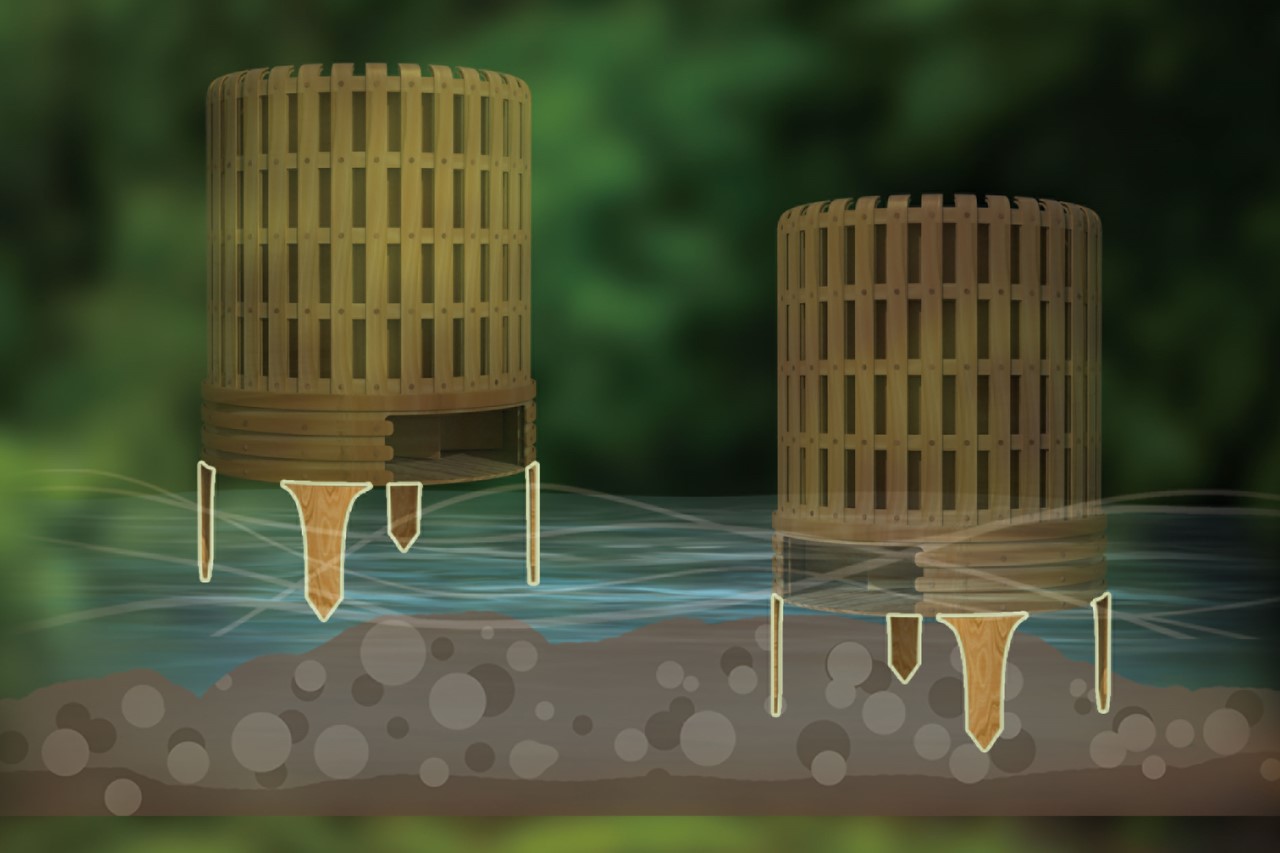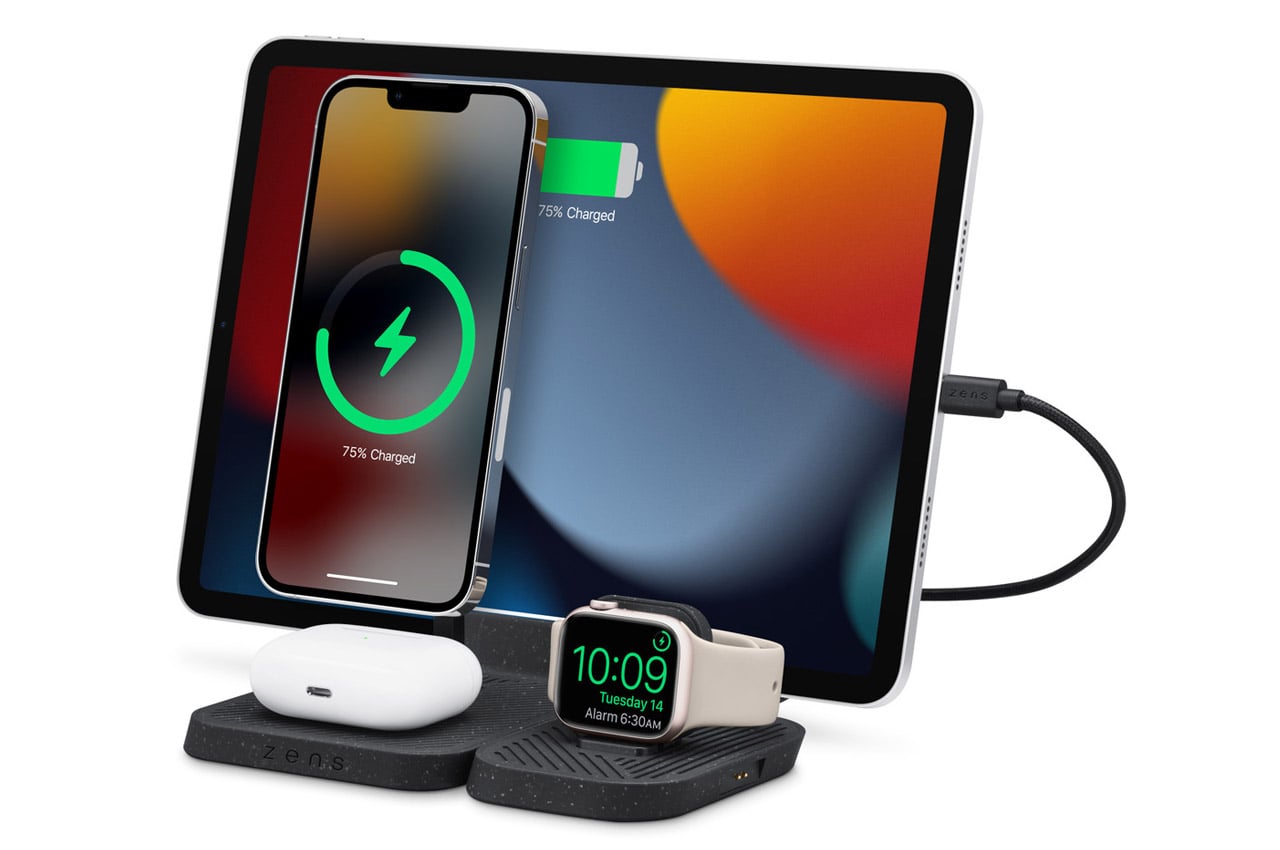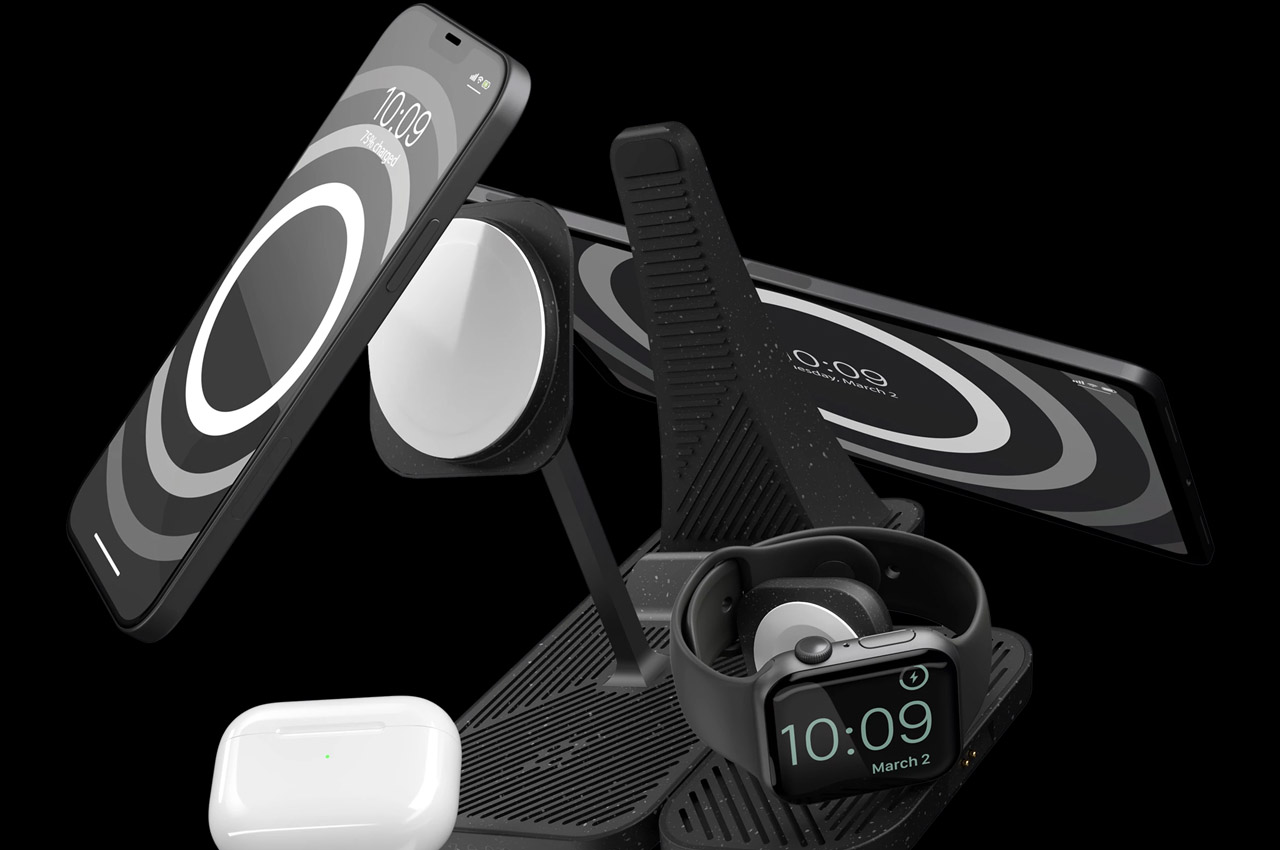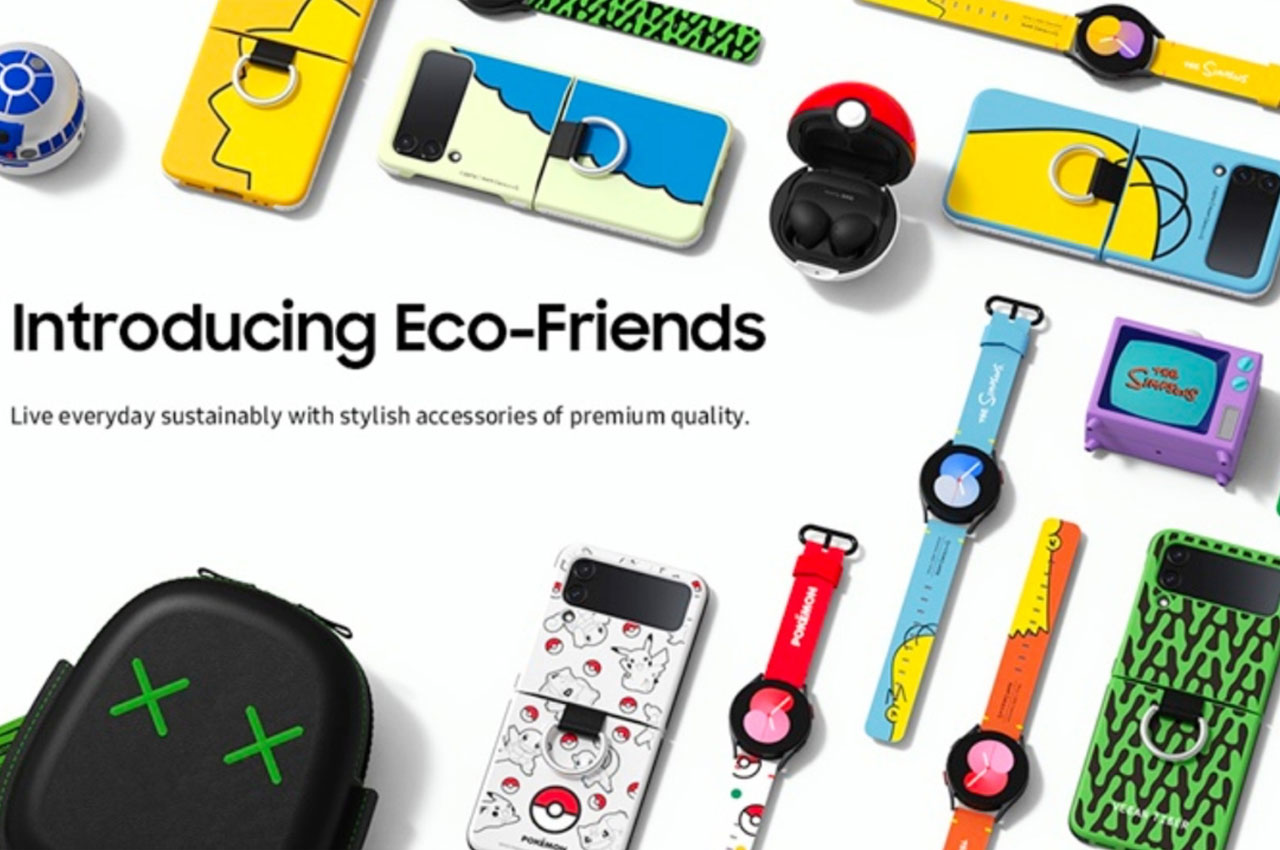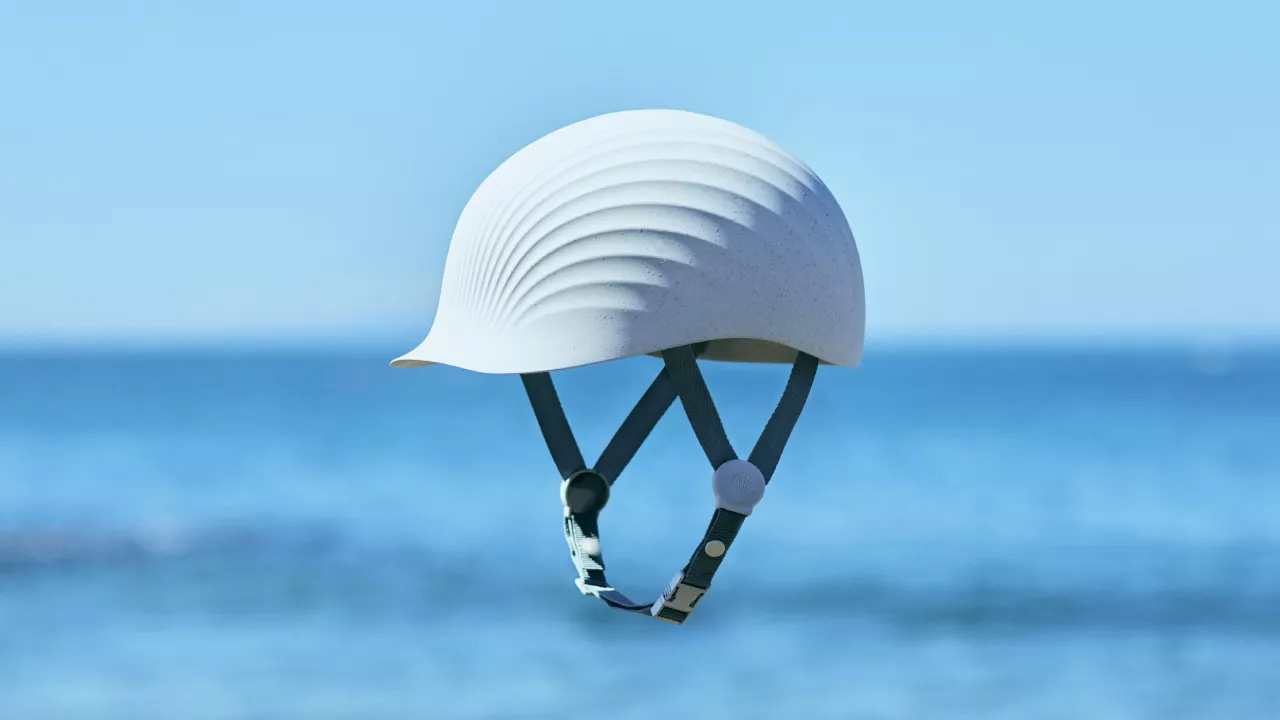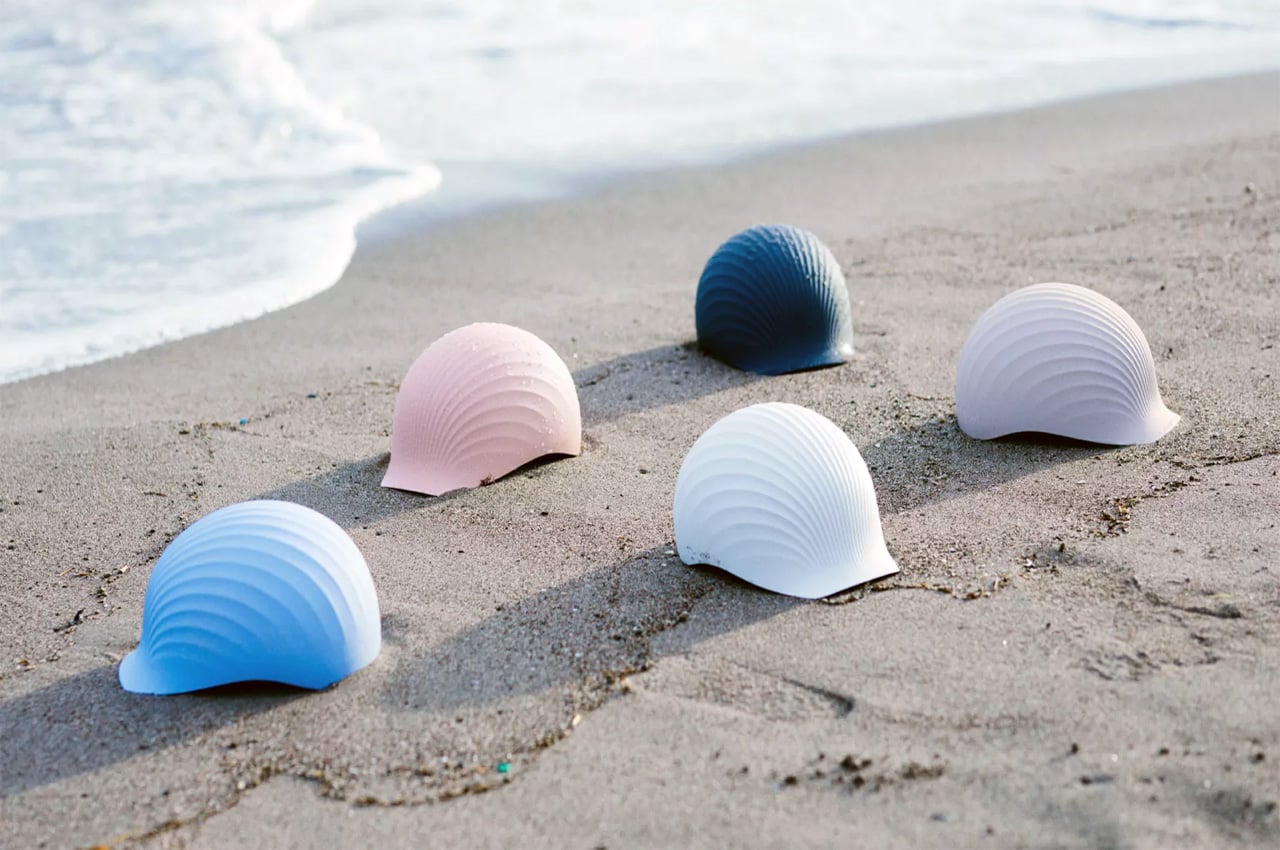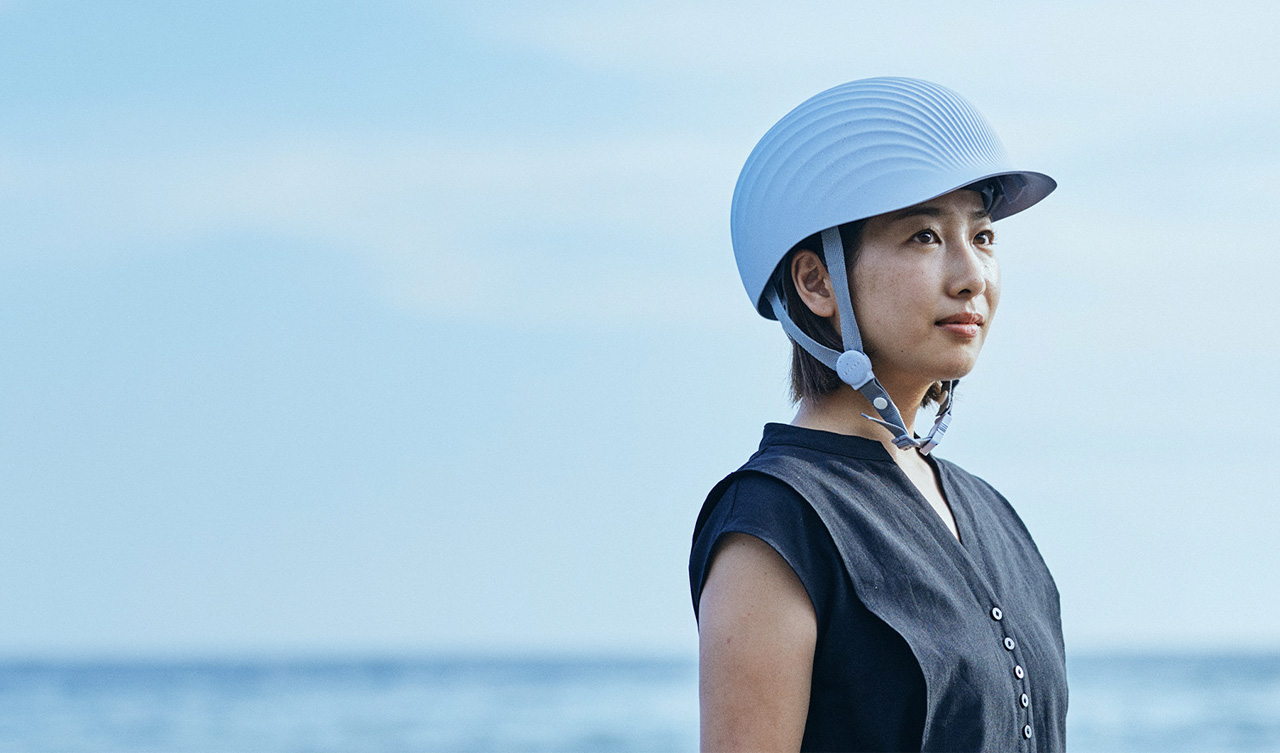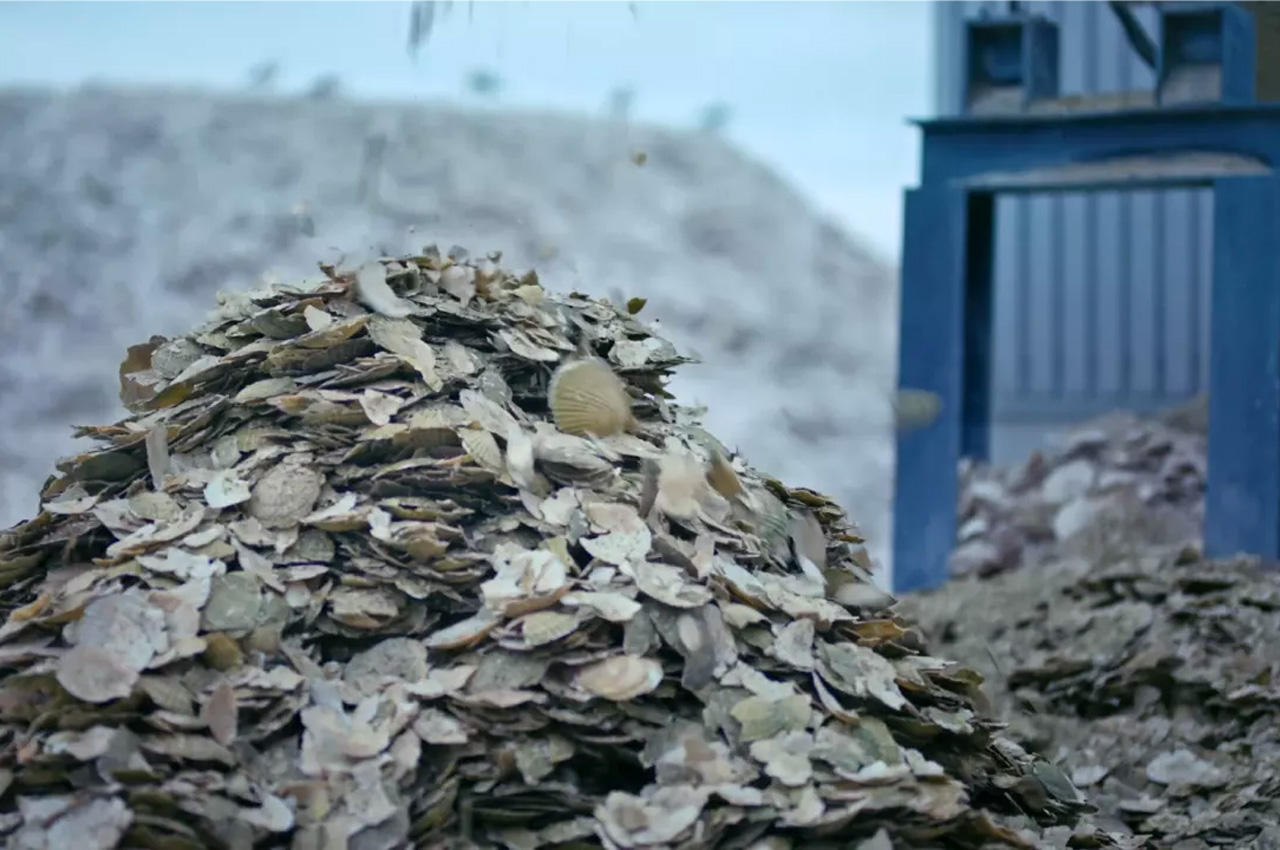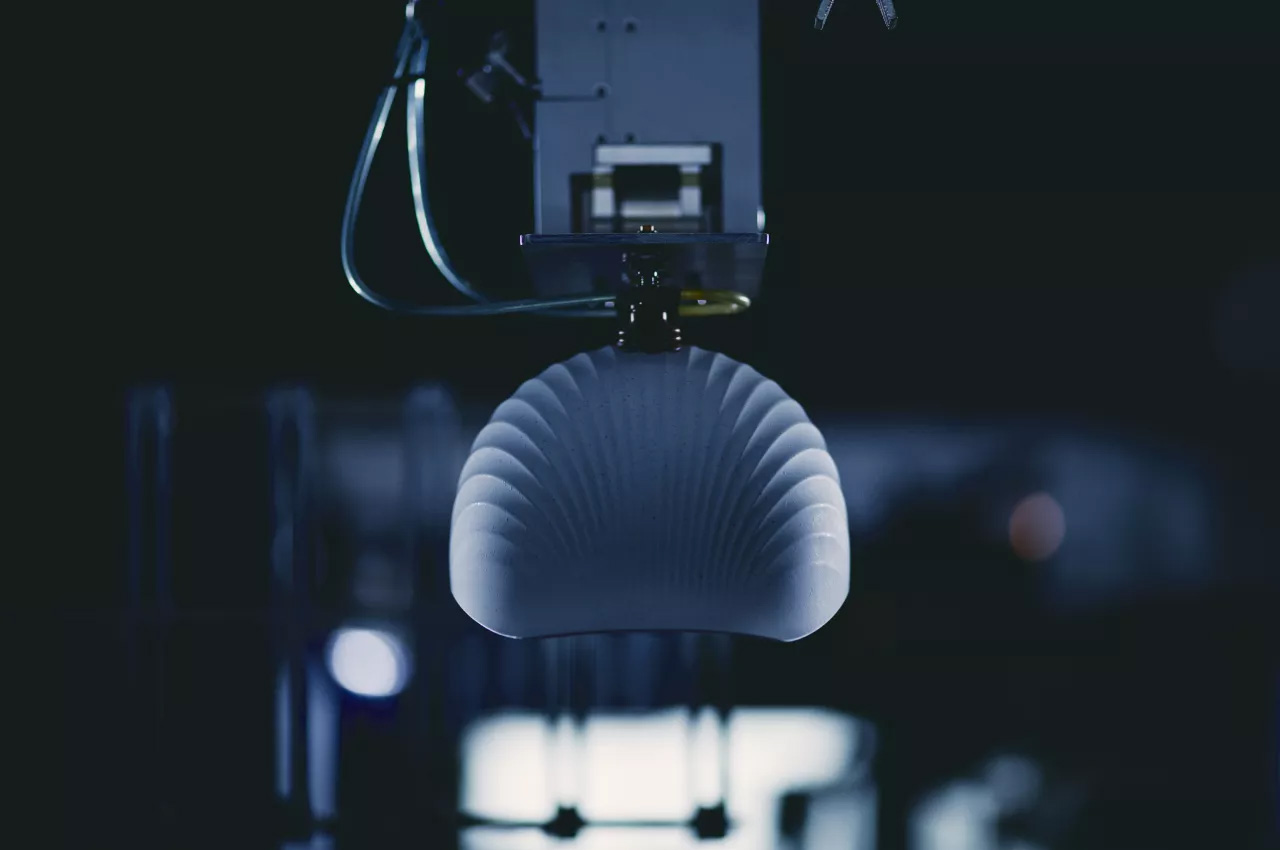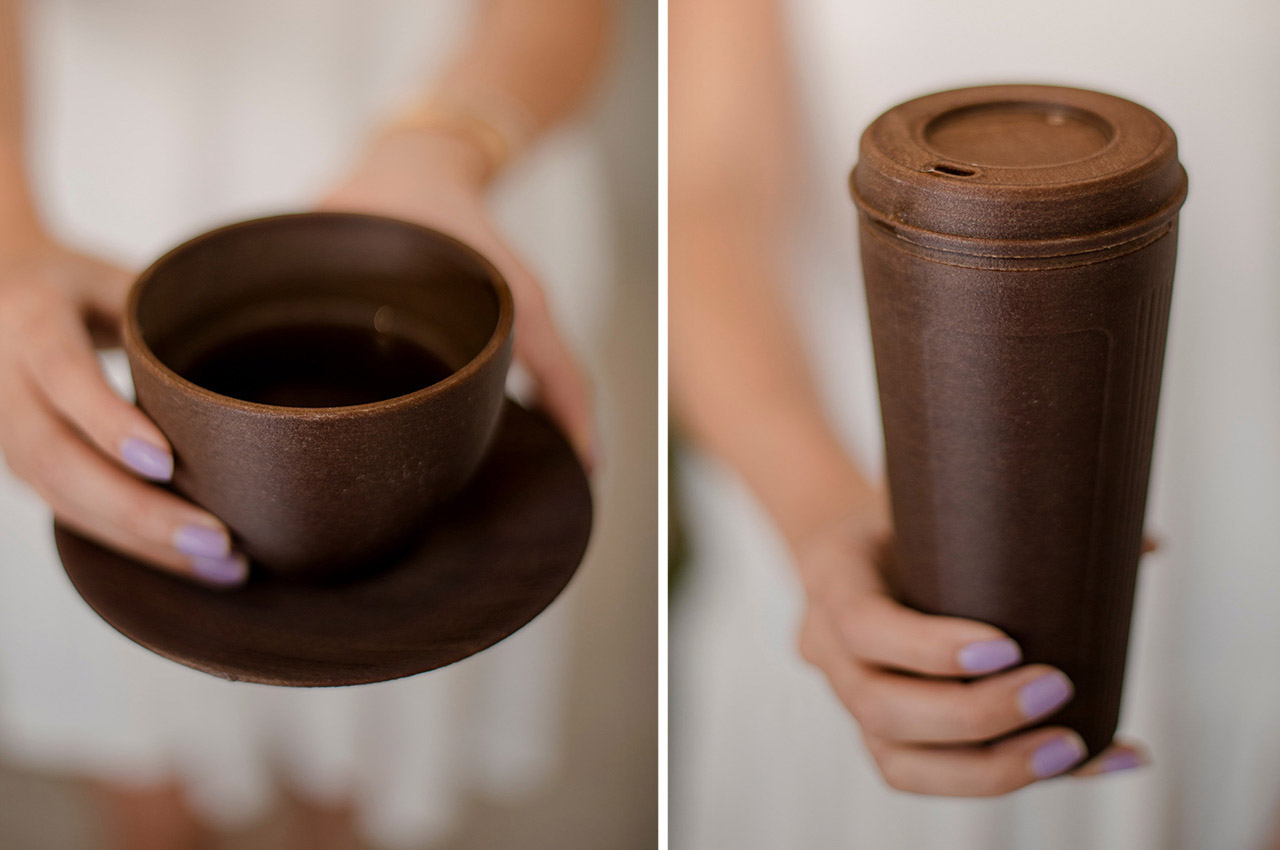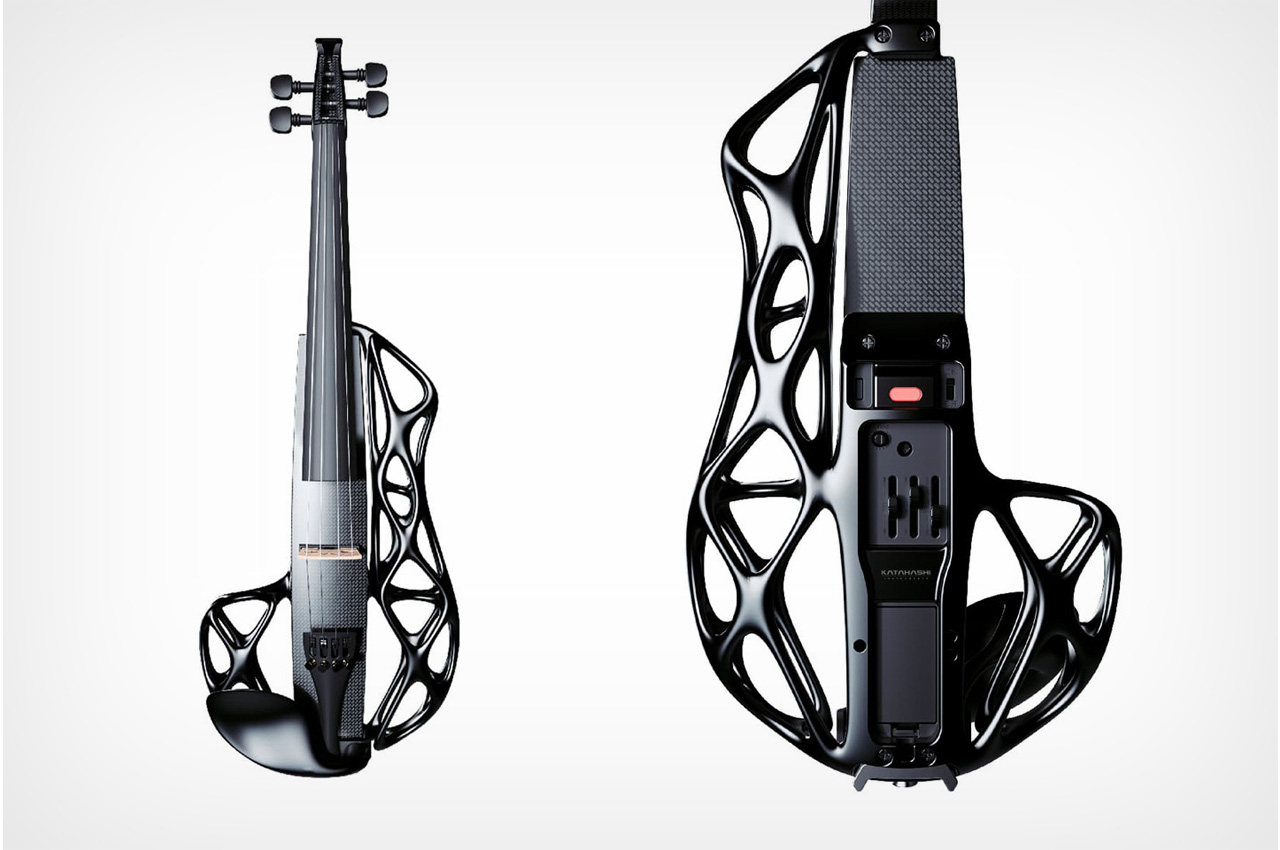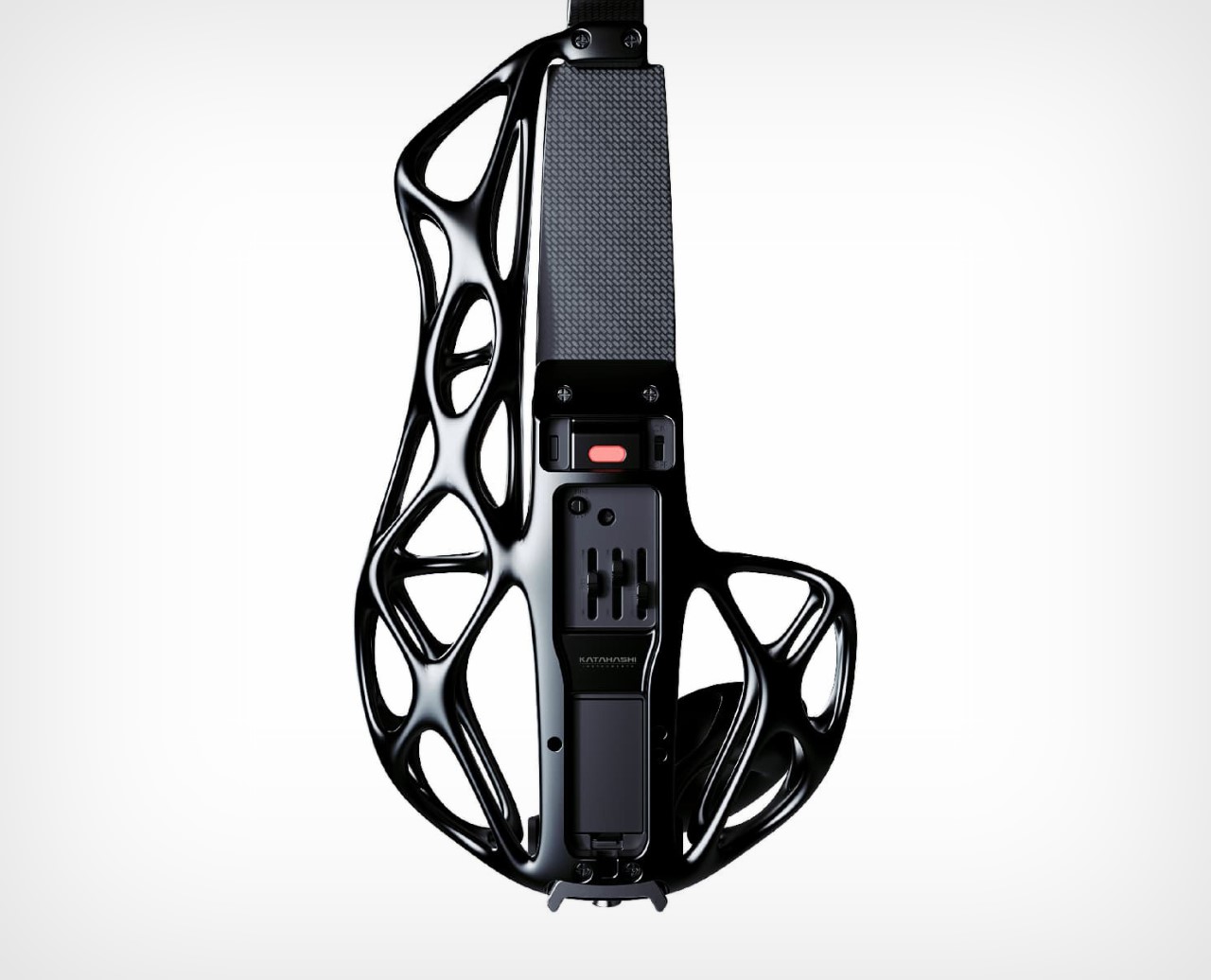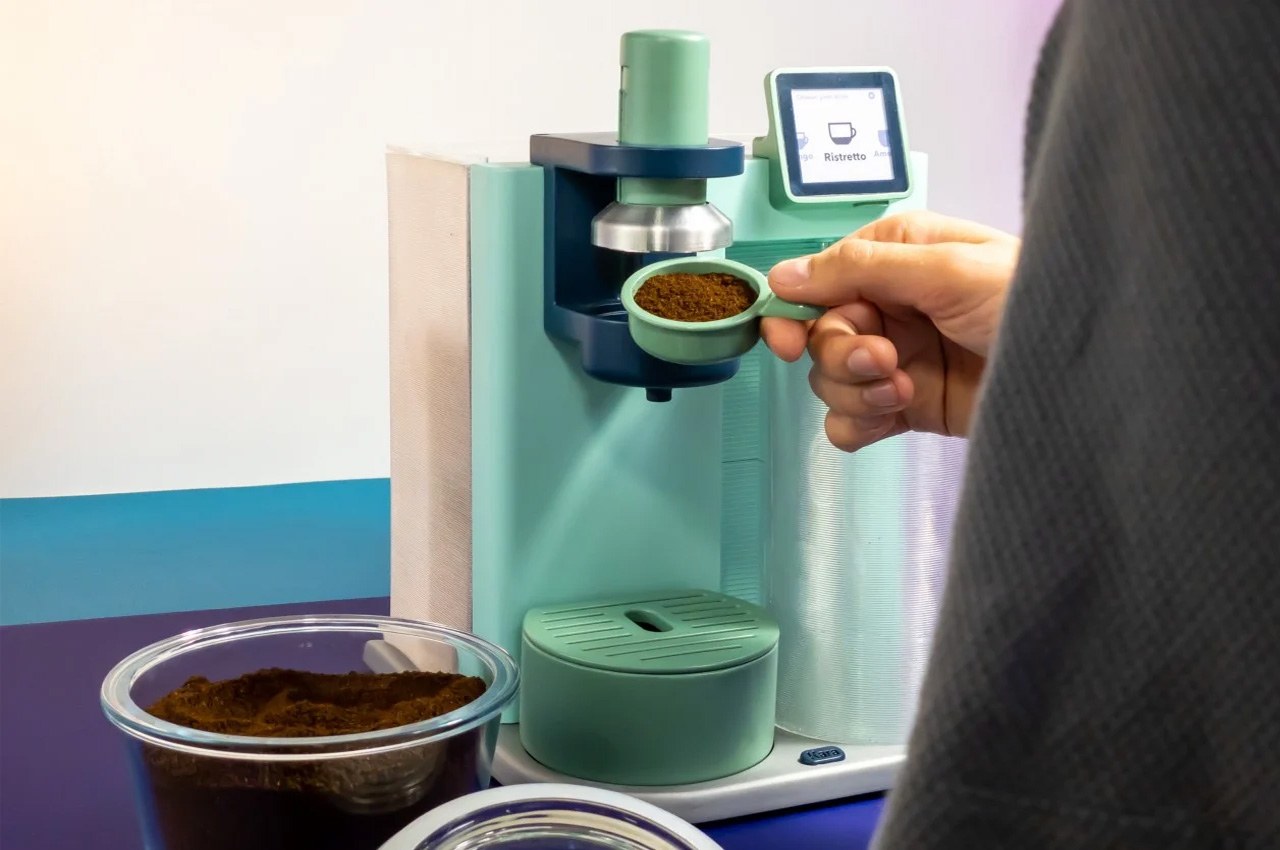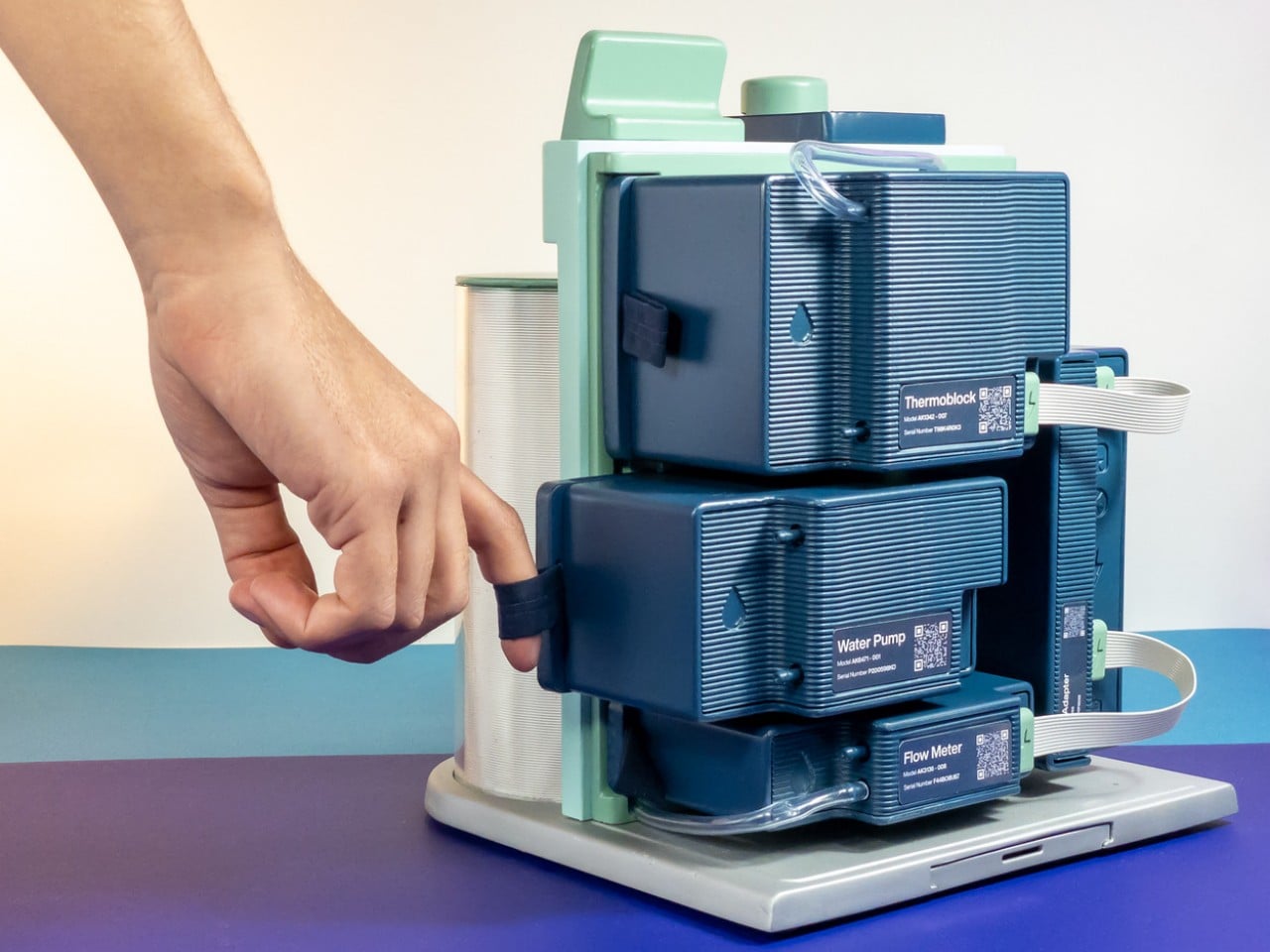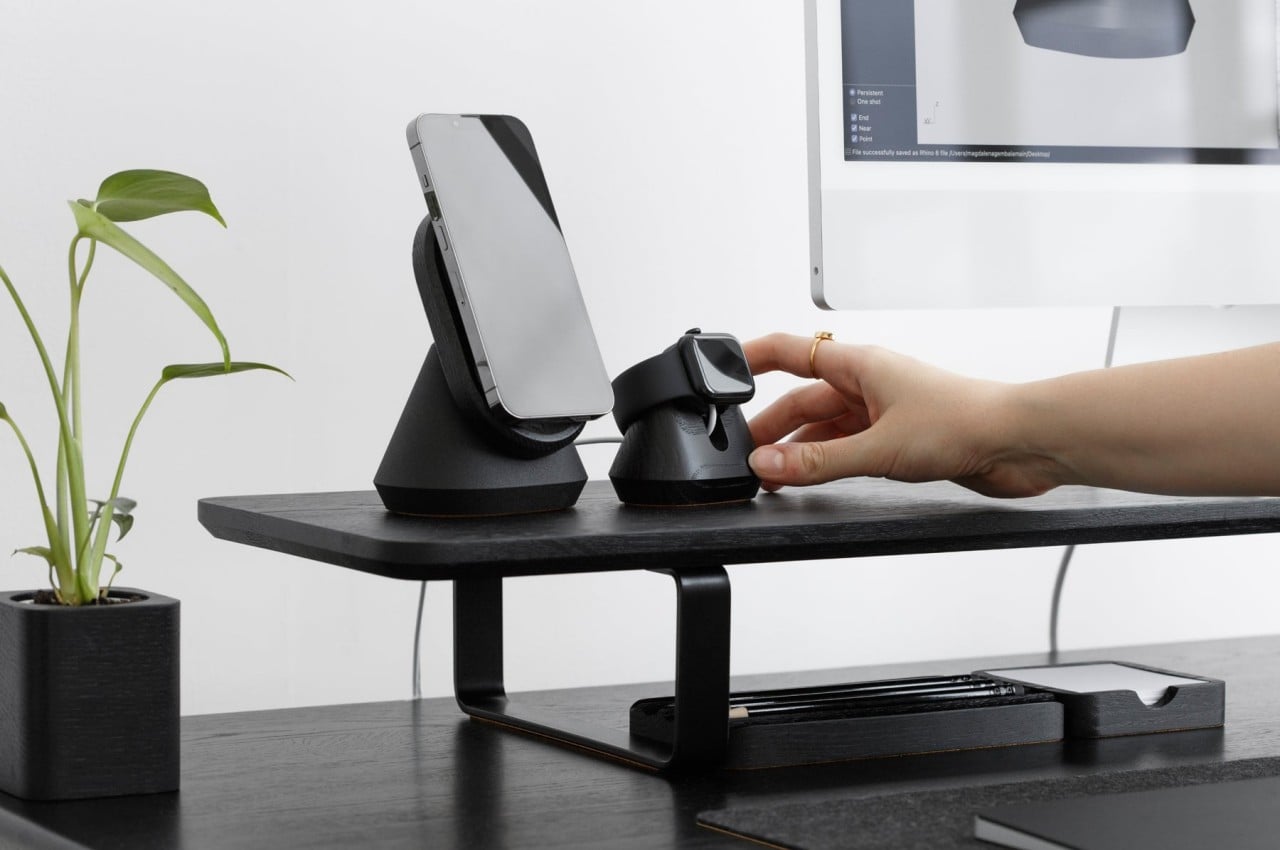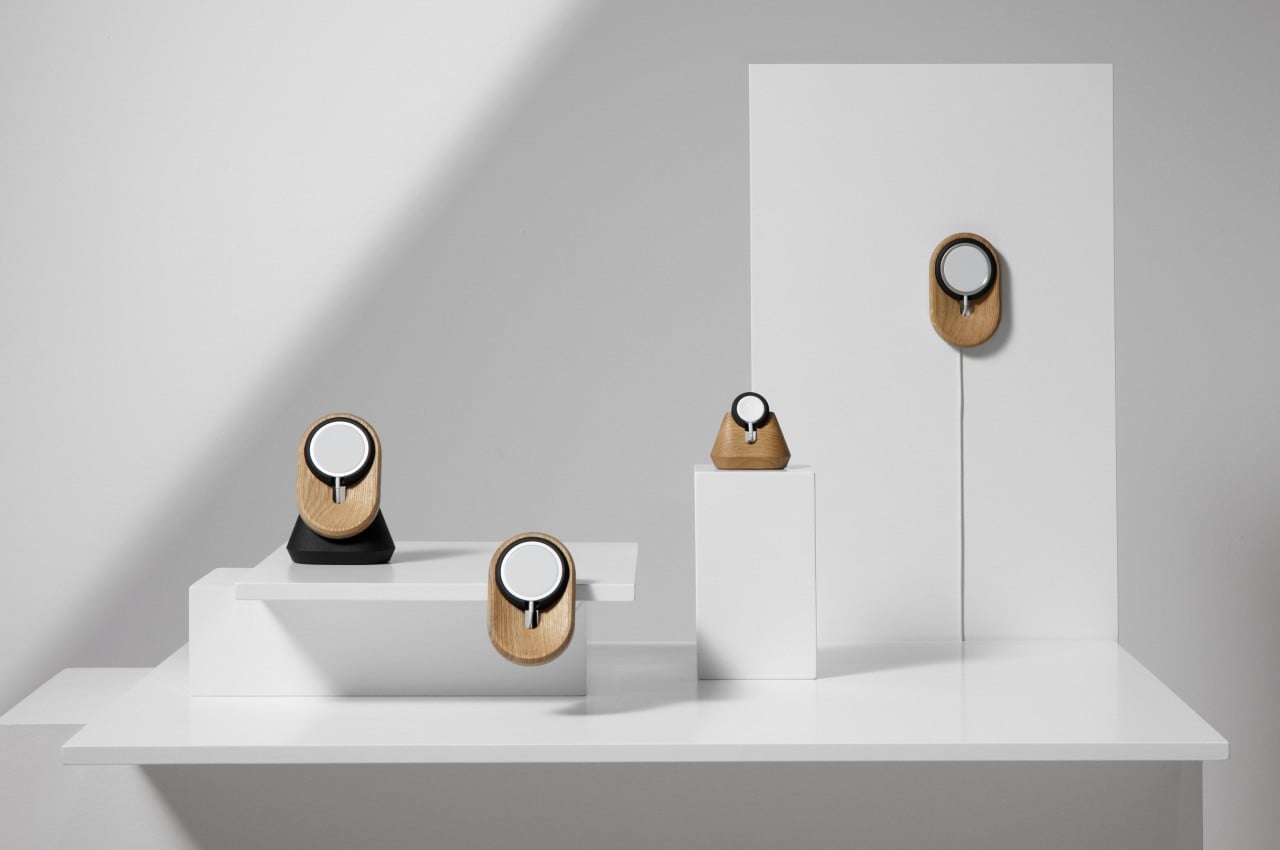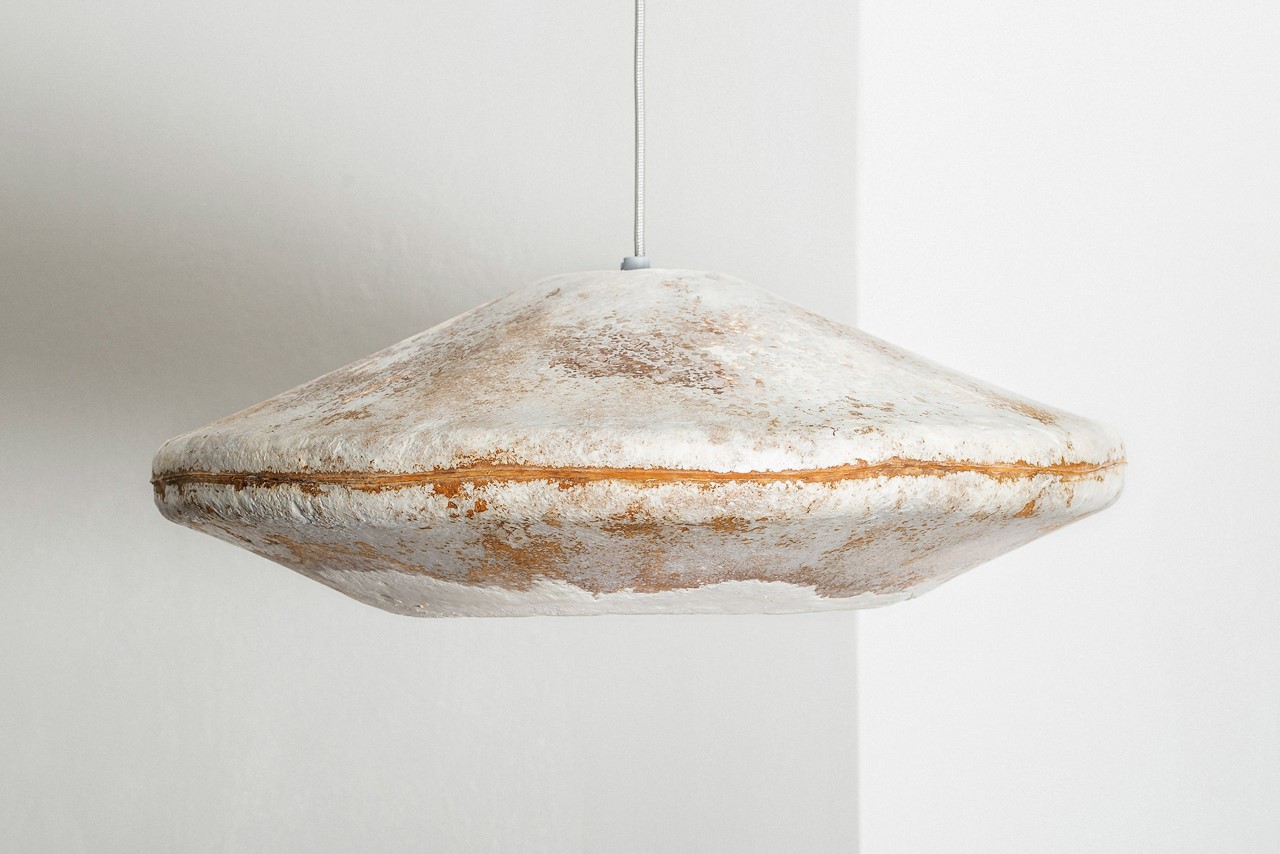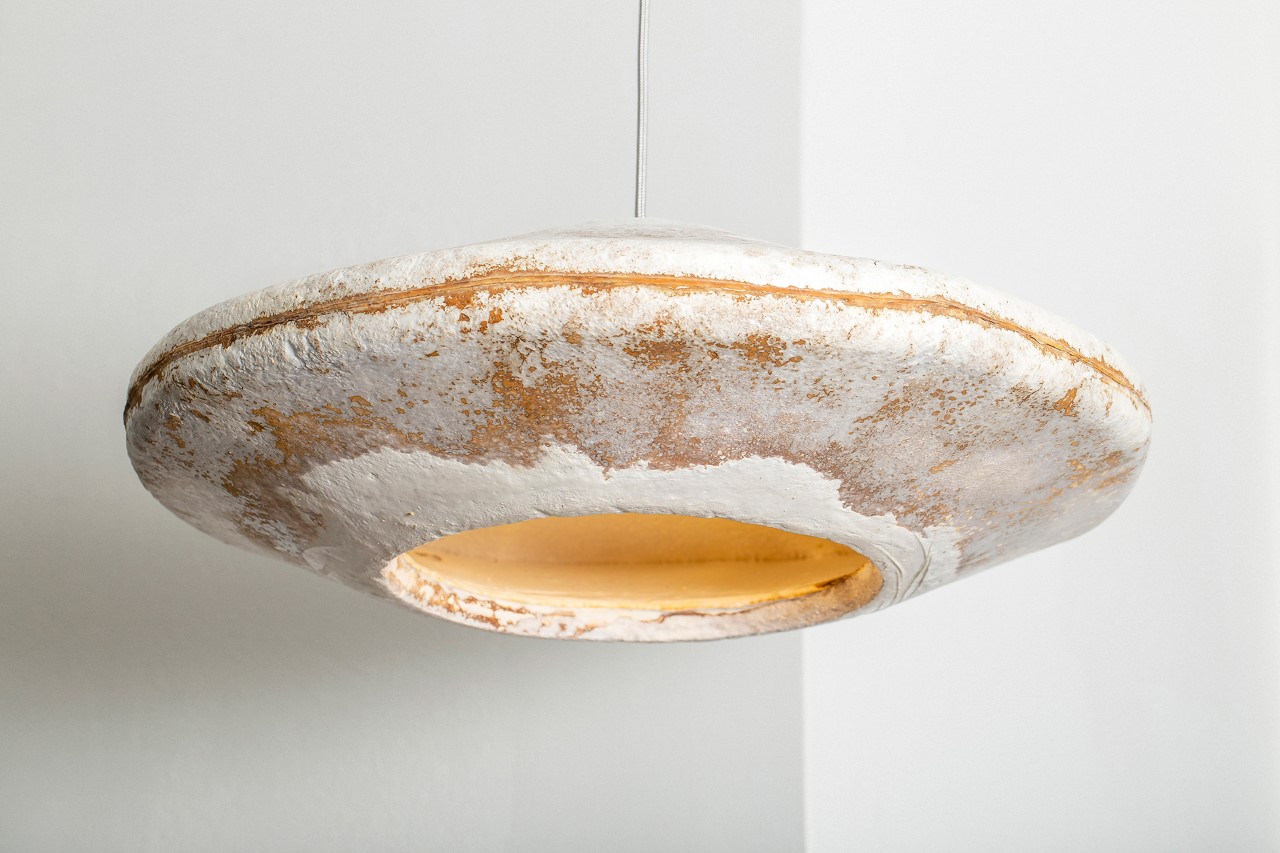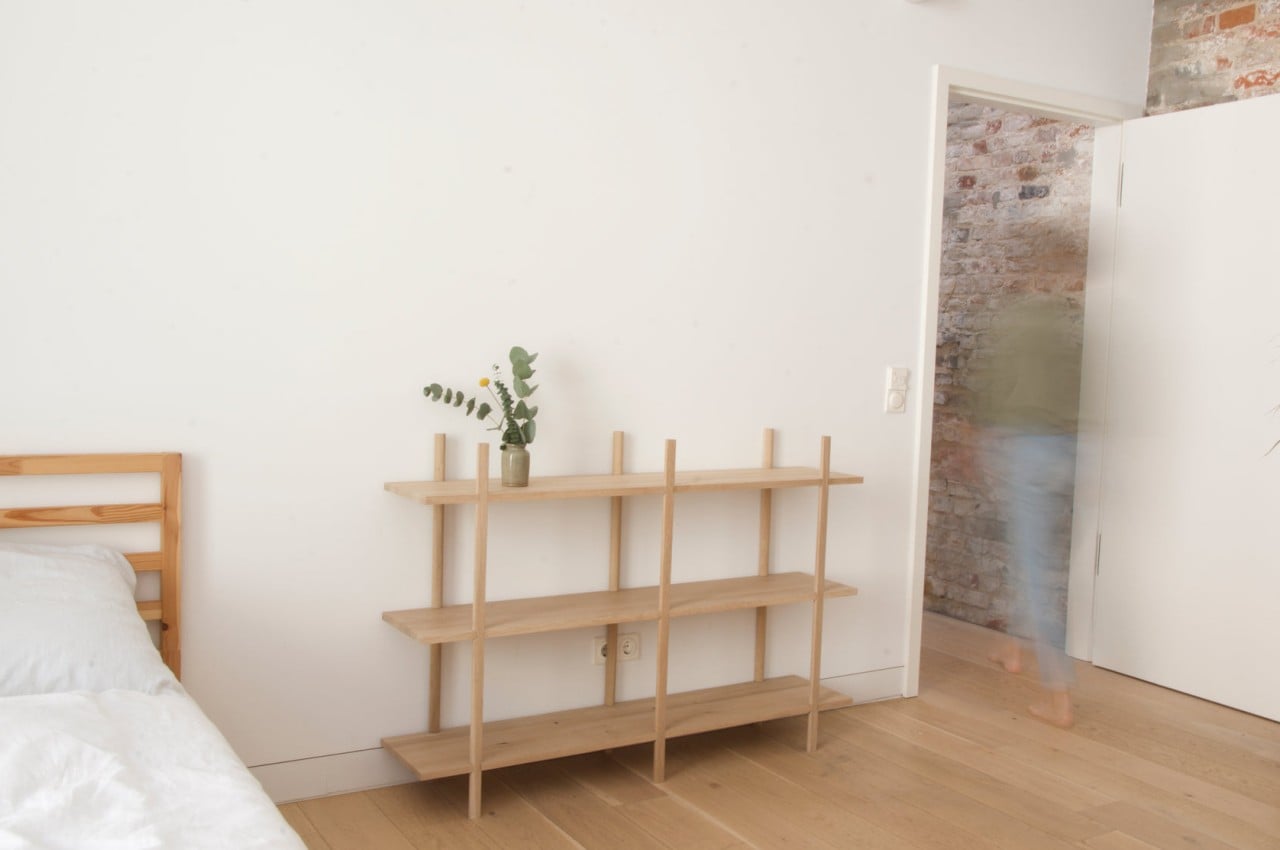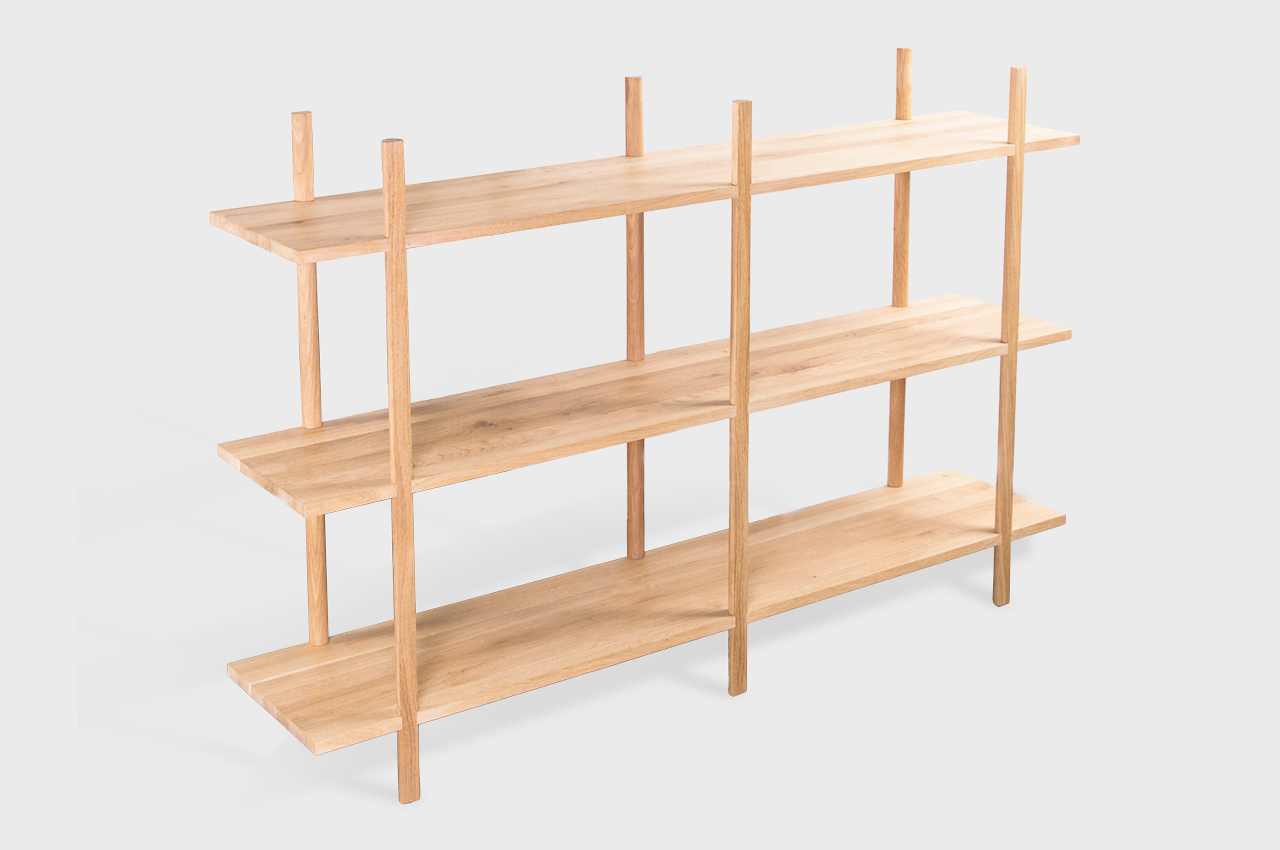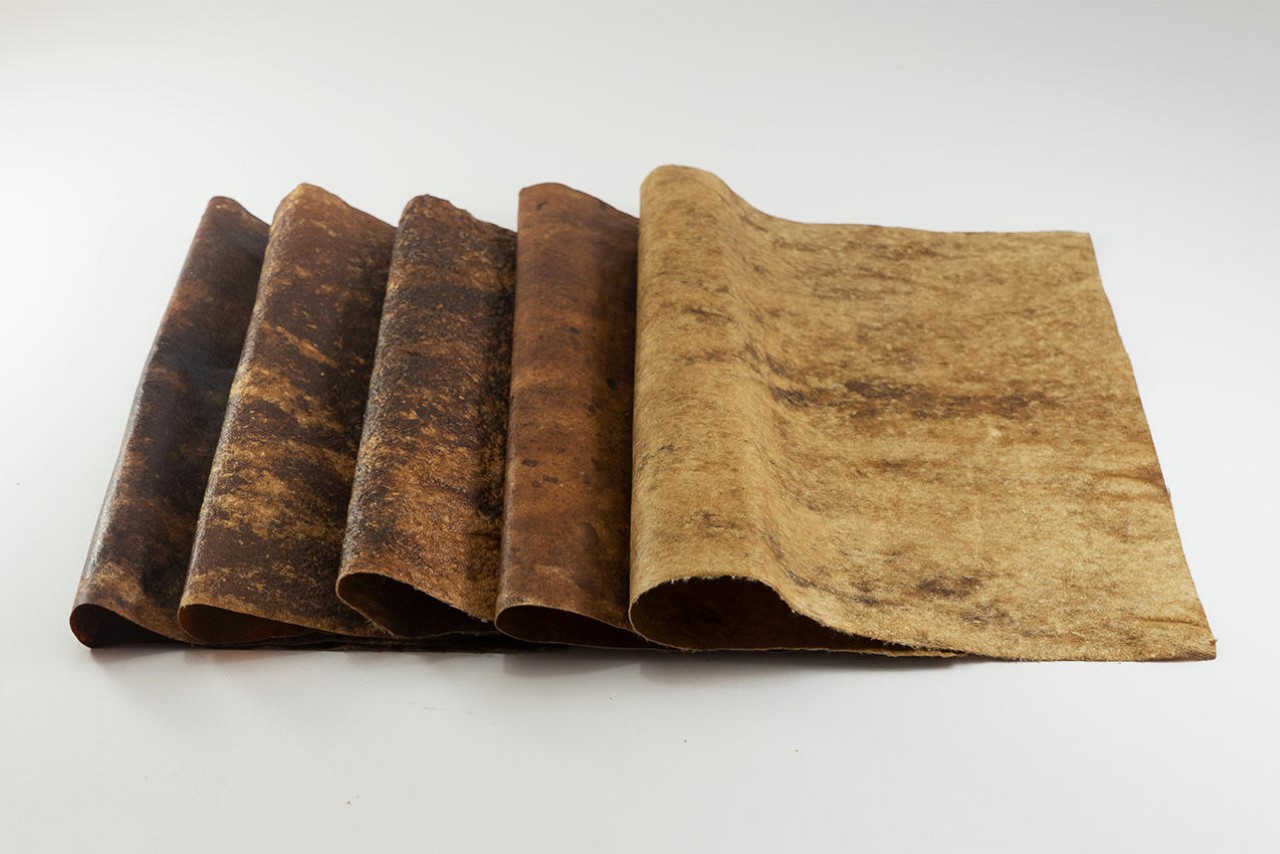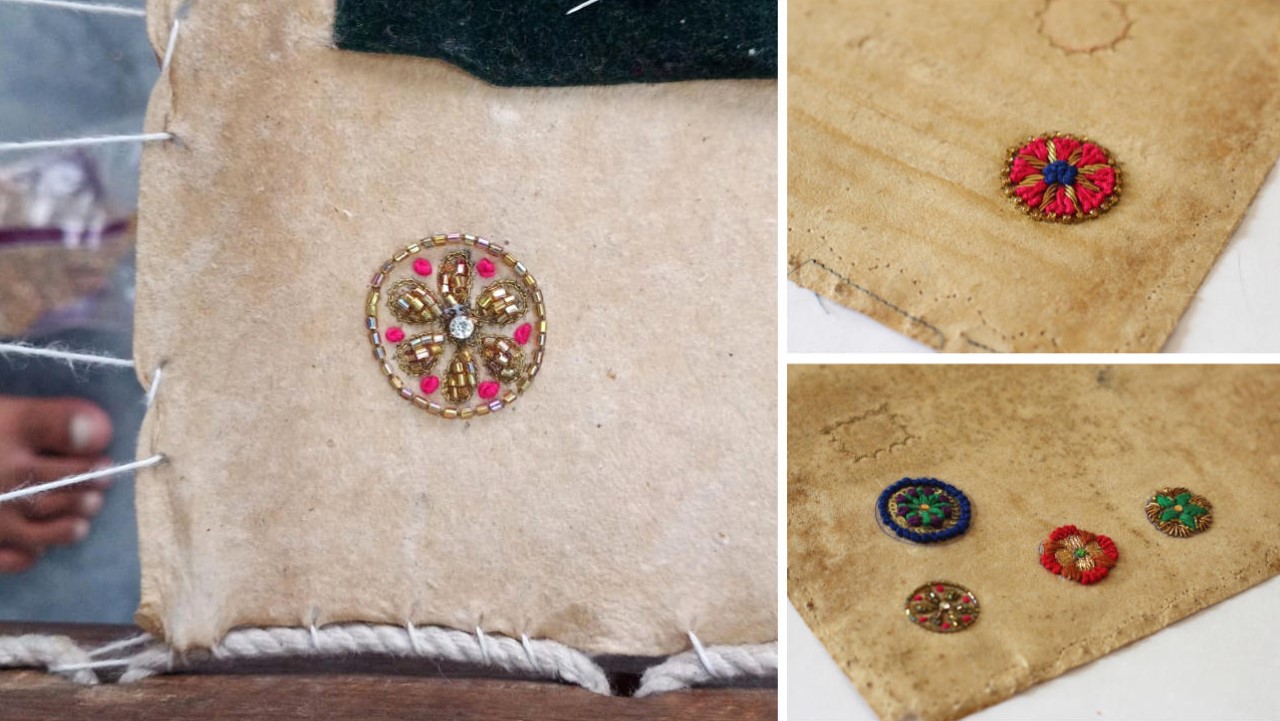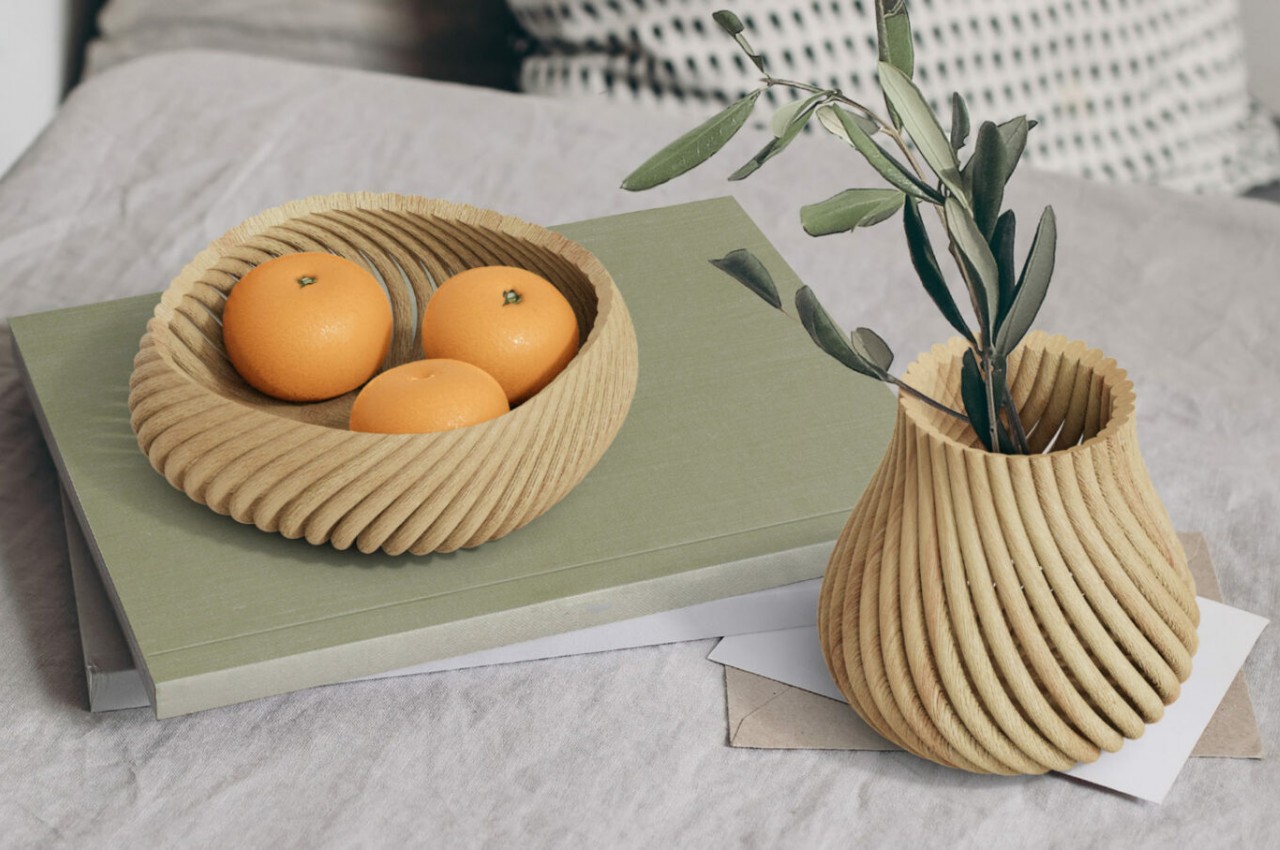
Our unhealthy practices and way of living are truly harmful to the environment and have been slowly leading to its deterioration. And the world has been changing (for the worse) because of this. Hence, it is extremely important to live sustainably and consciously and to take care of the environment in 2023! Integrating sustainability into our day-to-day lives has become crucial. And we can do this in various ways. Designers and creators are coming up with sustainable alternatives for almost everything. Every product that is necessary and utilized by us in our everyday routine has an eco-friendly alternative to it. Replacing our usual mass-produced designs with these greener options will make a huge difference to the environment and Mother Earth. From a Saturn-inspired sustainable lamp to a bicycle seat made from cork– we’ve curated a whole collection of sustainable product designs to help you go green.
1. 3D-printed Chairs


Designed by Johannes Steinbauer Office For Design, these 3D-printed chairs are produced using additive manufacturing and are created without using fabrics, springs, and foam! And they still manage to be super functional and comfortable. These chairs utilize rigid parts, instead of the typical racks from chairs.
Why is it noteworthy?
The design is simple enough with four legs, a round seat, and a single bar at the back. But if you want to add other components like more racks or even textiles, these can also be added through 3D printing. The different parts are easy to assemble and disassemble and once it reaches the end of life, you can dispose of the different parts separately and recycle them accordingly.
What we like
- Super easy to assemble and disassemble
- Sustainable design
What we dislike
- No instruction on having a space-saving version of this design
2. Wasteware Collection
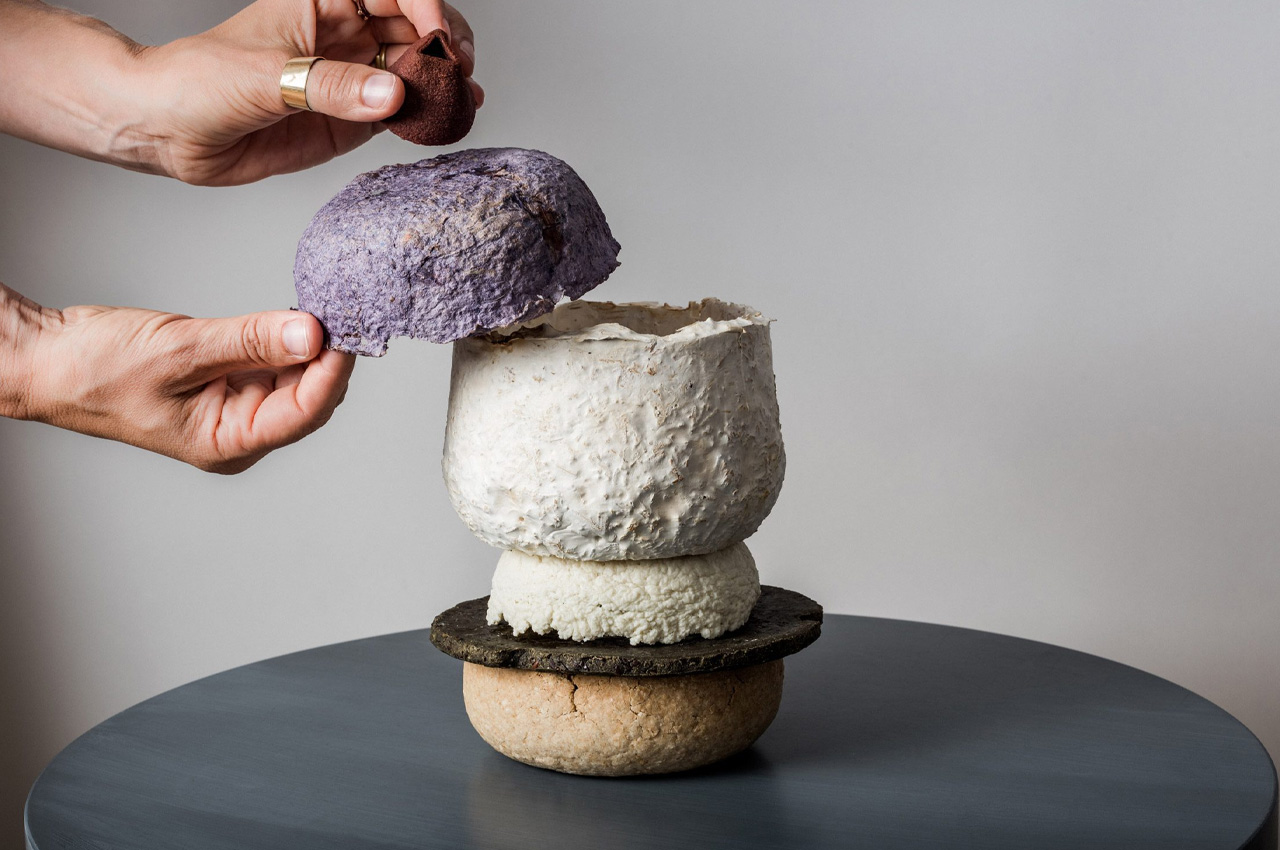
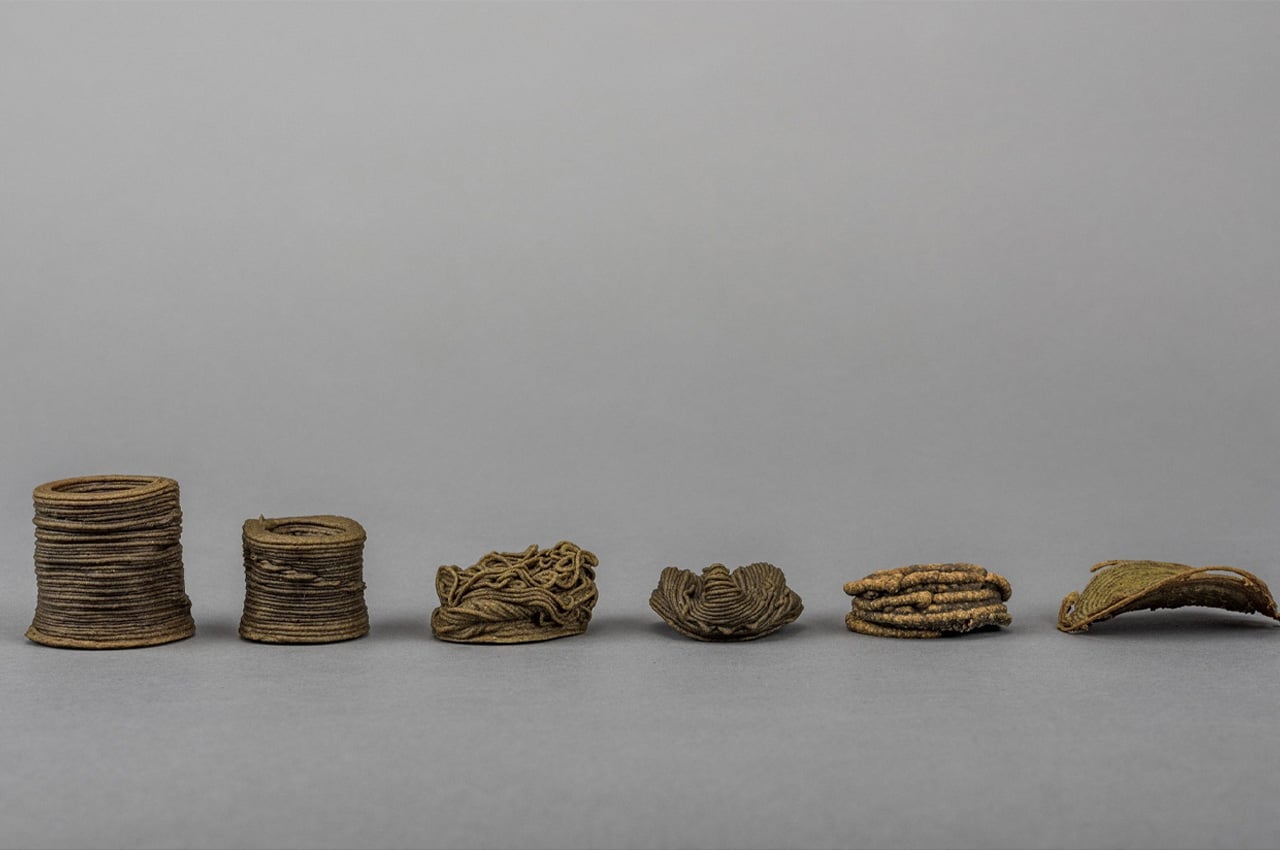
Viennese designer Barbara Gollackner collaborated with Australian chef and restaurant owner Martin Kilga to create the ‘Wasteware’ collection, a range of tableware made using leftover food! The duo created a collection of bowls, plates, and cutlery using industrial and personal food waste.
Why is it noteworthy?
To bring the interesting tableware items to life, the studio utilized food waste such as pork skin, and old bread – from personal and industrial waste. The waste collected was dried out or cooked and then blended into a smooth paste which was held together using mycelium. Water or breadcrumbs were added to the mix if needed.
What we like
- Combats the issue of food wastage
- Colorful and vibrant aesthetics. They will add a spark of life to your dinner table
What we dislike
- Not sure how durable the products are, and what is their lifespan
3. SATURNO
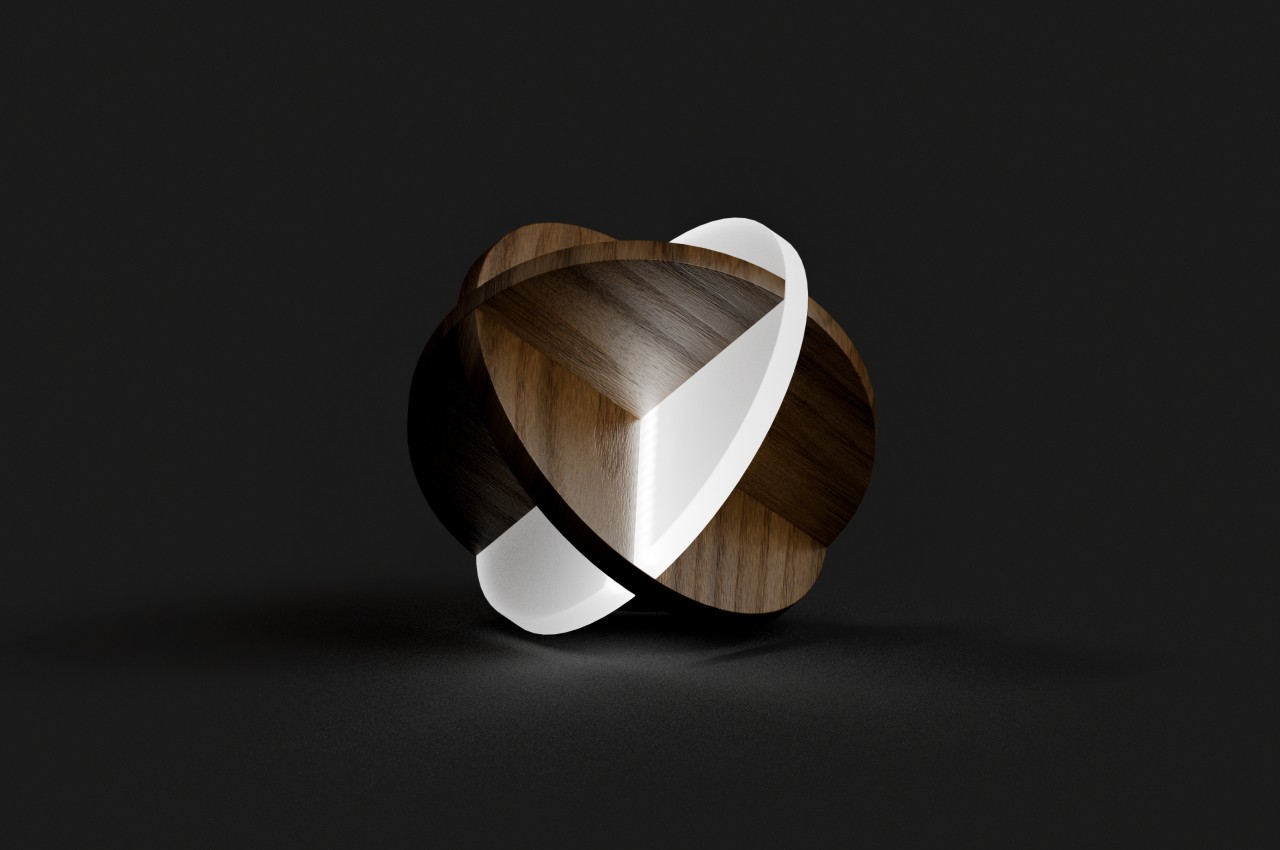
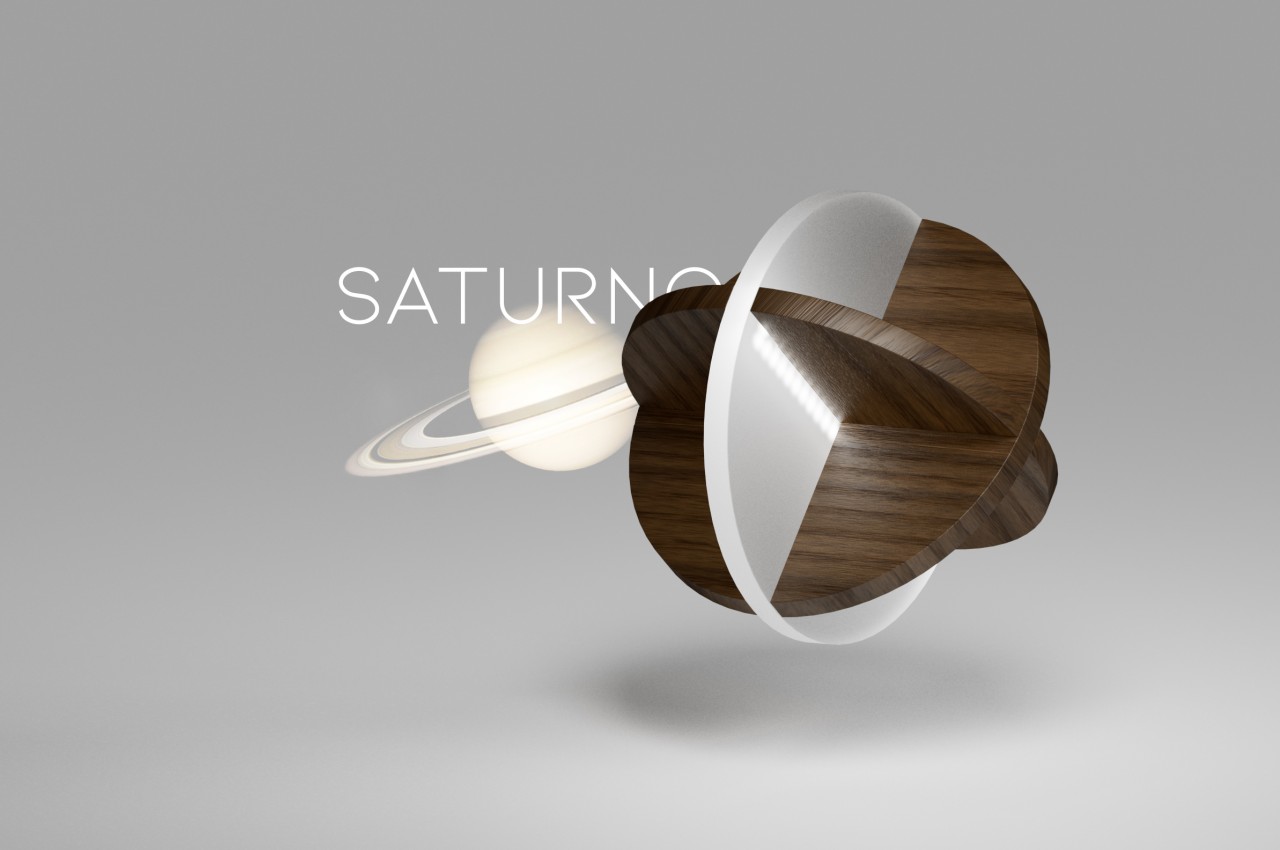
Of all the planets in our neighborhood, Saturn has always mesmerized our minds with its beautiful rings, and it has probably served as the muse for many lamp designs. This somewhat spherical lamp, for example, borrows some ideas from the planet’s morphology to create something unique, fun, striking, and sustainable, all at the same time.
Why is it noteworthy?
The SATURNO lamp is actually made of three disc-shaped parts that connect without the use of any glue or screws. There are cutouts instead that allow the parts to be inserted into each other at perpendicular angles. Two are made from walnut wood, while the third is made from resin, which could be any sustainable kind.
What we like
- SATURNO’s LEDs can be controlled to show different colors and different intensities
- A versatile lighting fixture that gives a glimpse of the heavens right inside your home
What we dislike
- The lamp won’t stand with its horizontal light mimicking the light scattered by Saturn’s rings unless it is provided with some support
4. Packioli


A Turkish designer was able to come up with soap packaging called Packioli that is both hygienic and non-plastic and therefore more eco-friendly. One thing missing from most similar products is convenience and she was able to add it to this as well.
Why is it noteworthy?
She used artichoke leaves and combined them with peapod bioplastics in order to create packaging that commercial soap brands can actually use if they really wanted to be more eco-conscious in creating their products.
What we like
- It not only solves getting rid of plastic for soaps but also helps get rid of artichoke waste, which is around 80% of the actual vegetable
What we dislike
- The look of the packaging is not similar to what we’re used to, with the labels and other colorful decorations, so may not be preferred by everyone
5. FR-1 Bike Saddle
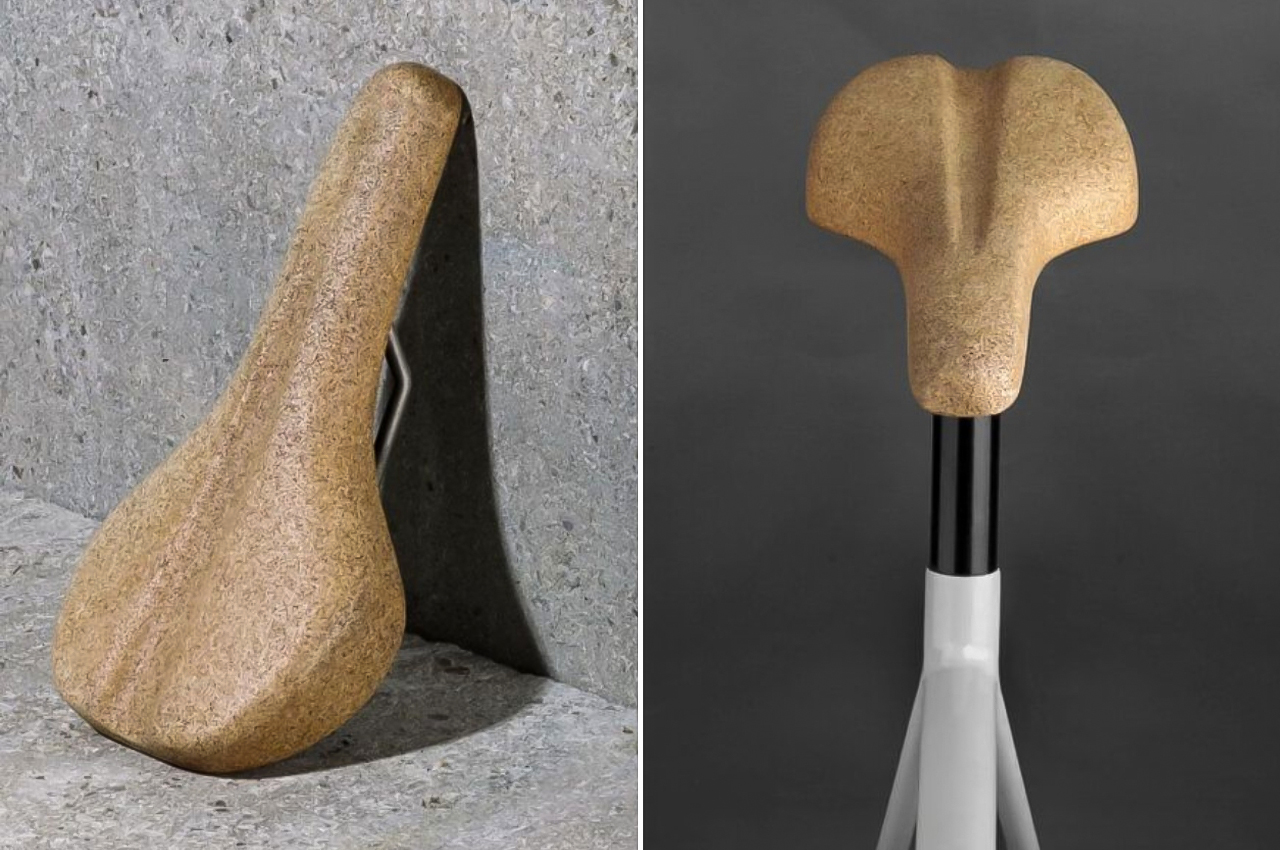
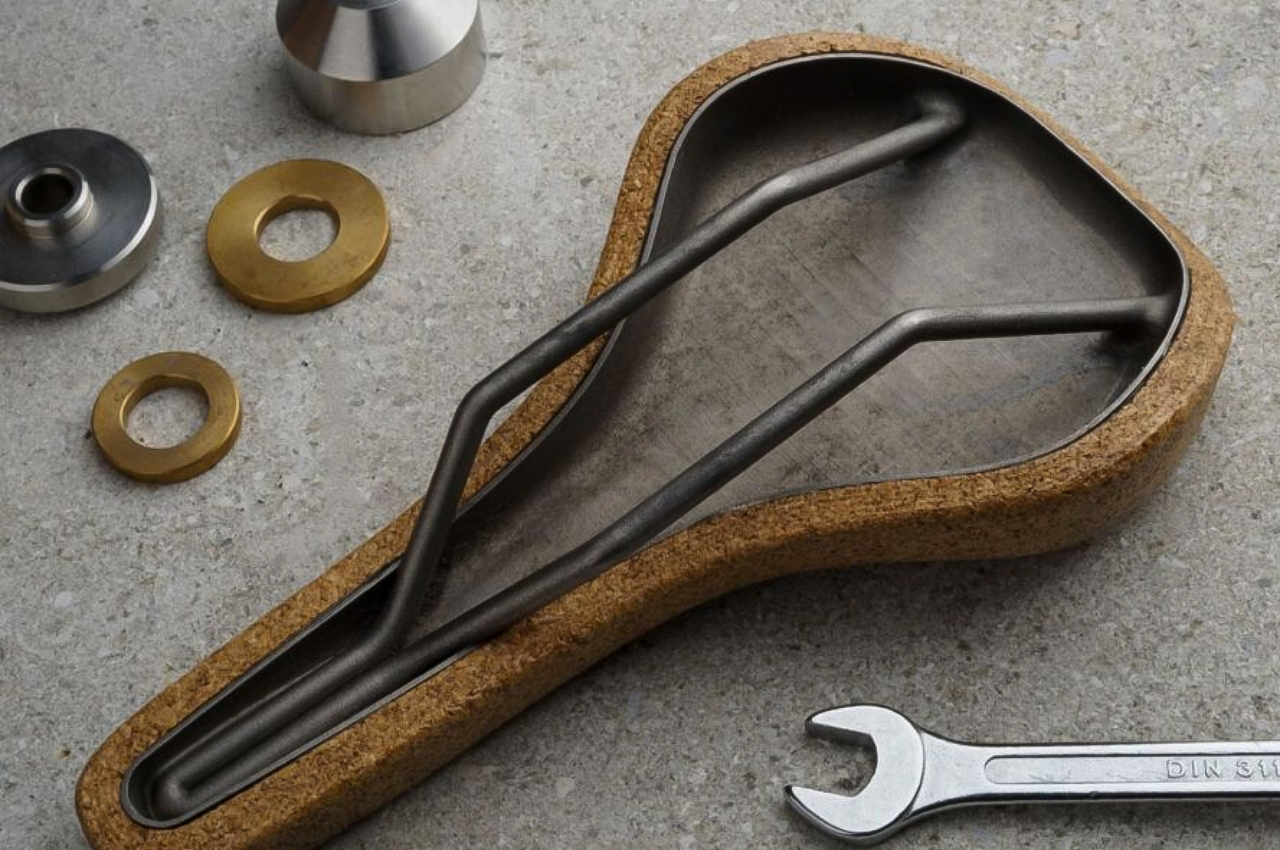
This Scottish brand is one such company that wants to bring more sustainable solutions for the bikes and bike parts that they manufacture. Their first product is called FR-1 Bike Saddle and it is made from cork
Why is it noteworthy?
At first, you would think this is not a sturdy and comfortable material for something that you will be sitting on probably for a long period. But cork is actually pretty durable and lightweight so it should be something that can last a long time and not hurt your tushy that much. It is also water-resistant and can offer better cushioning compared to other materials.
What we like
- Stronger but also more lightweight compared to the more common steel that a lot of bike seats use
- Sustainable + supports historic local cork farming
What we dislike
- It is a bit expensive
The post Top 5 eco-friendly designs to add a pinch of sustainability to your daily lives first appeared on Yanko Design.
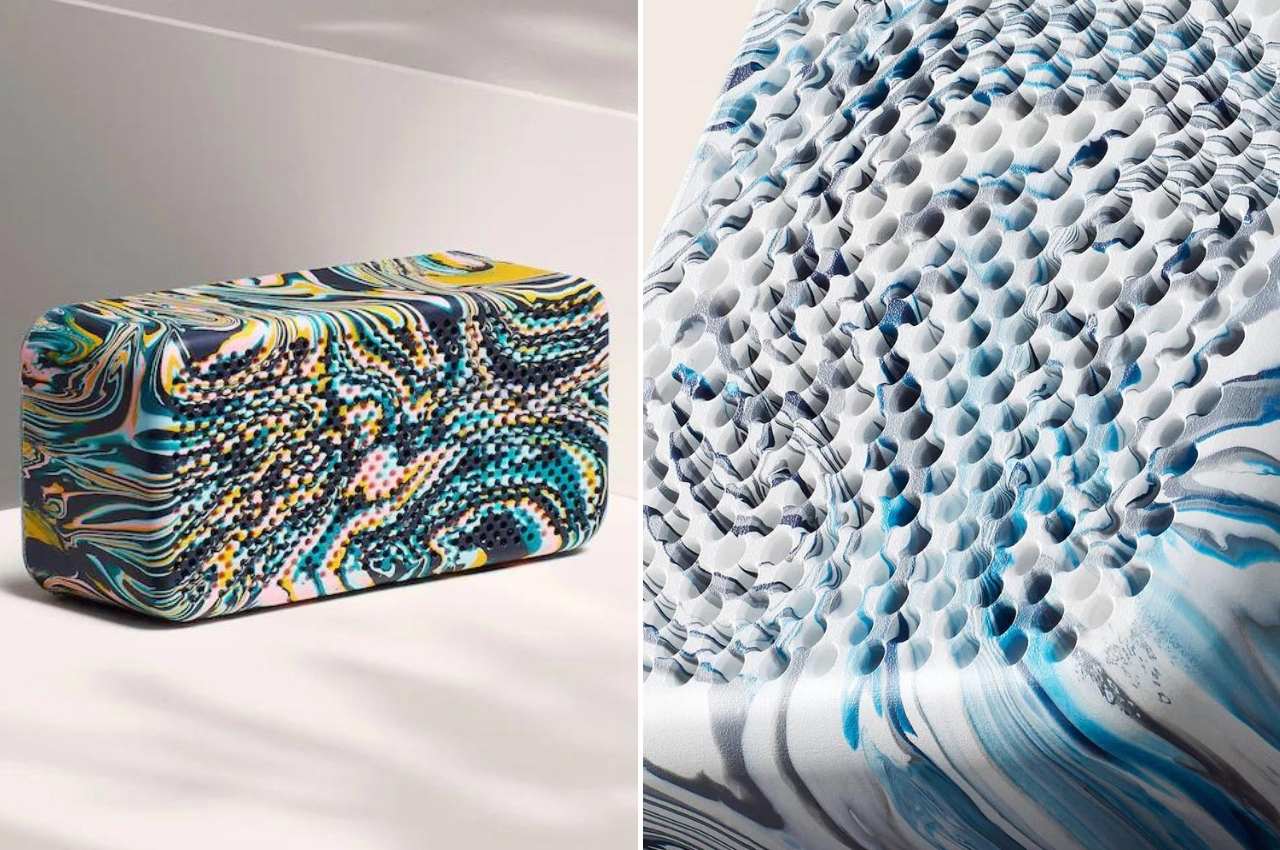







 .
.